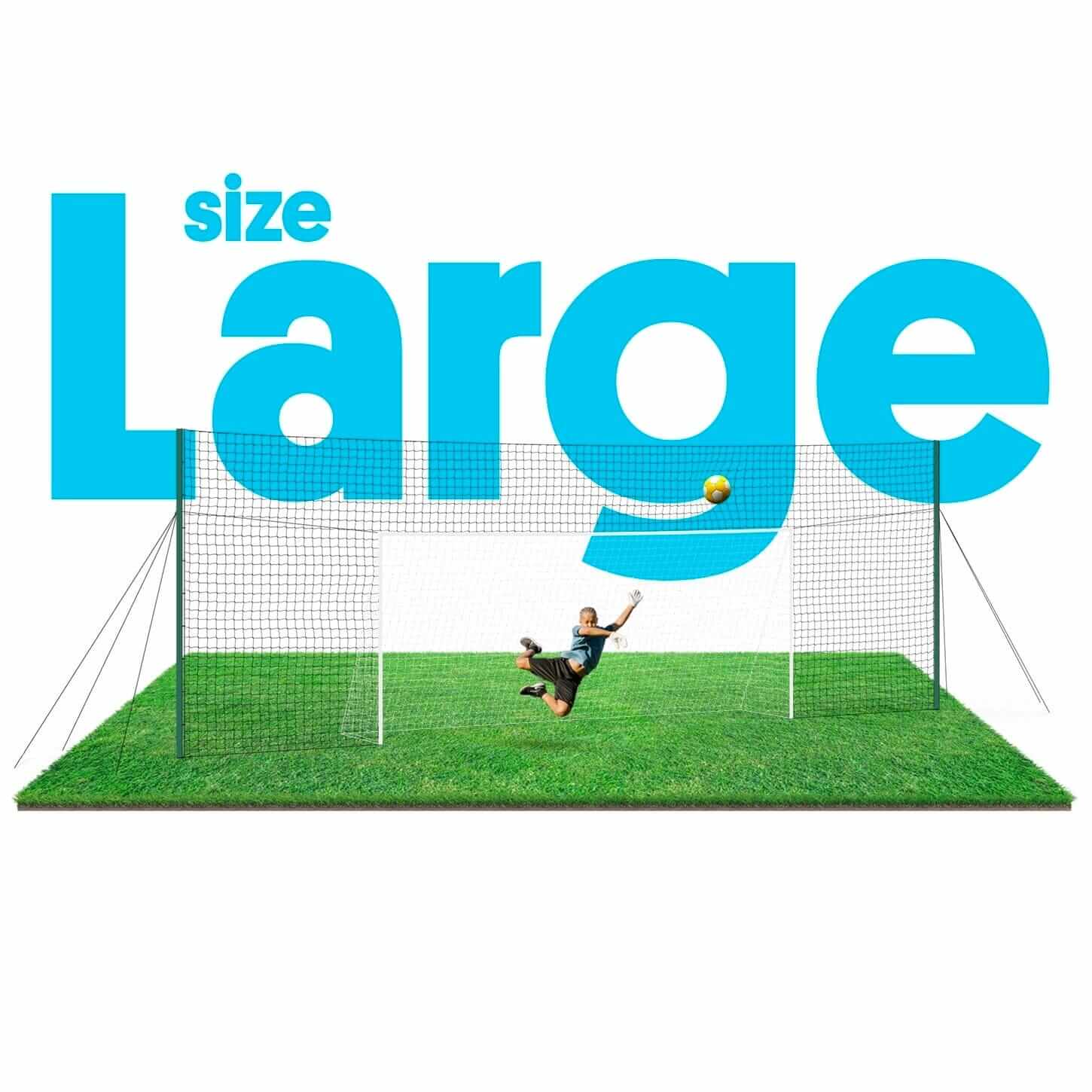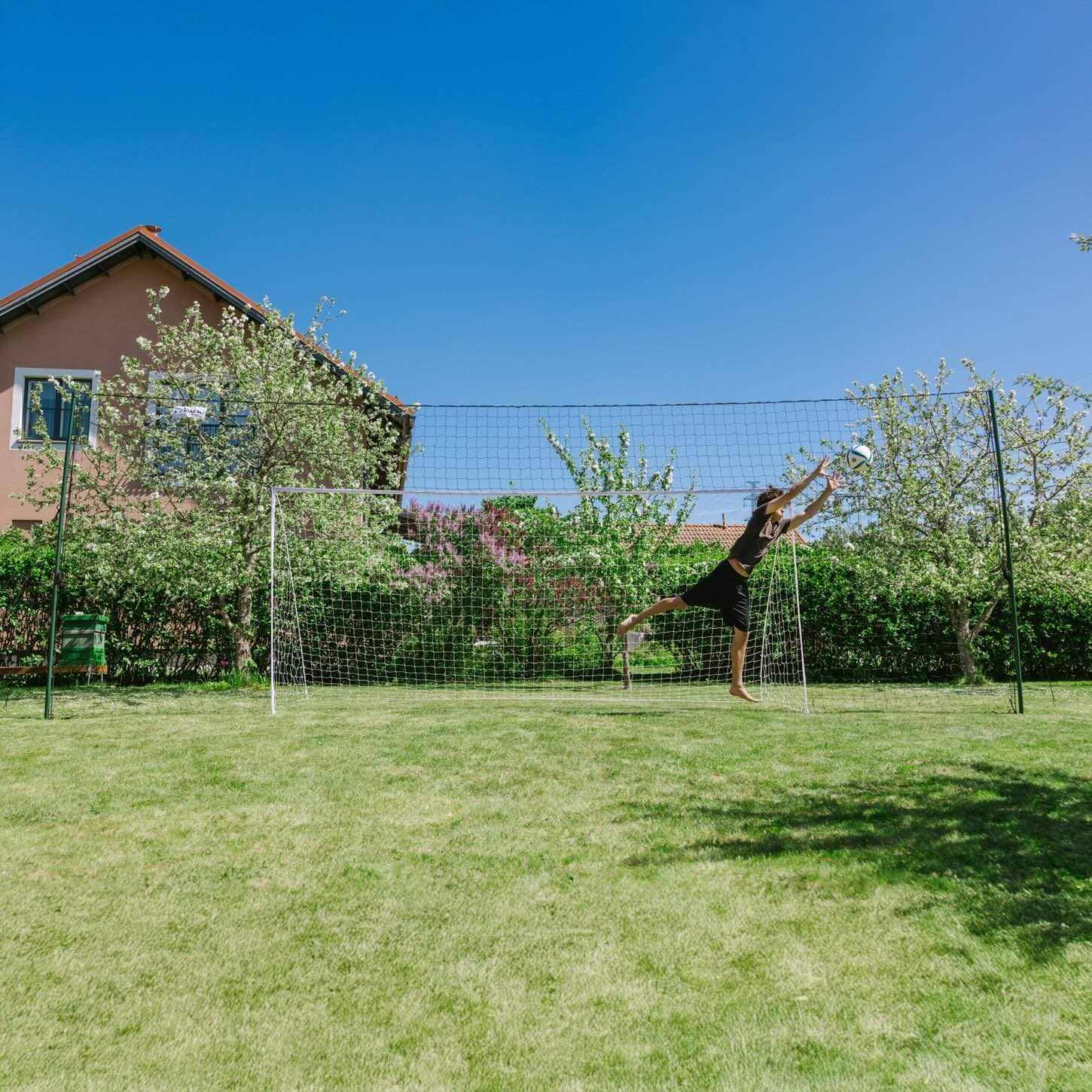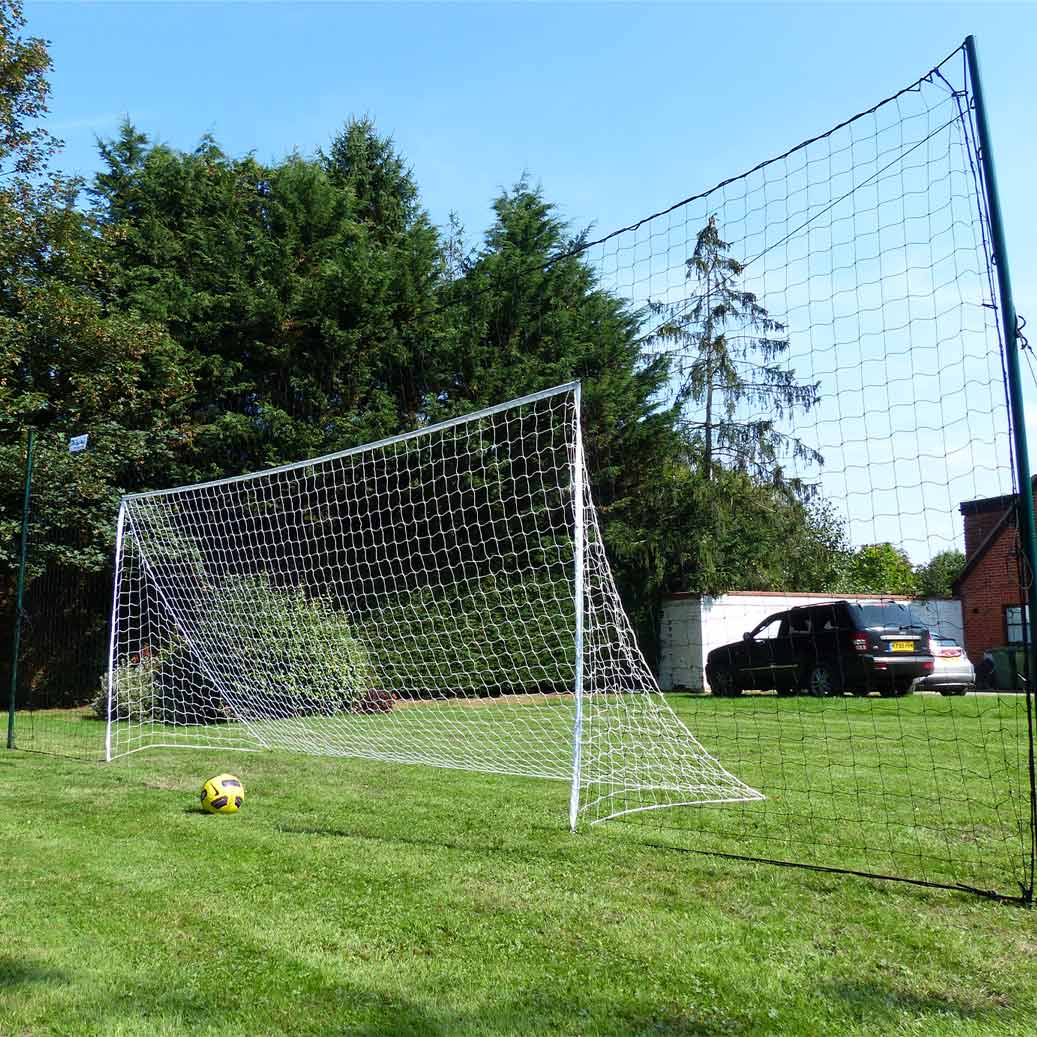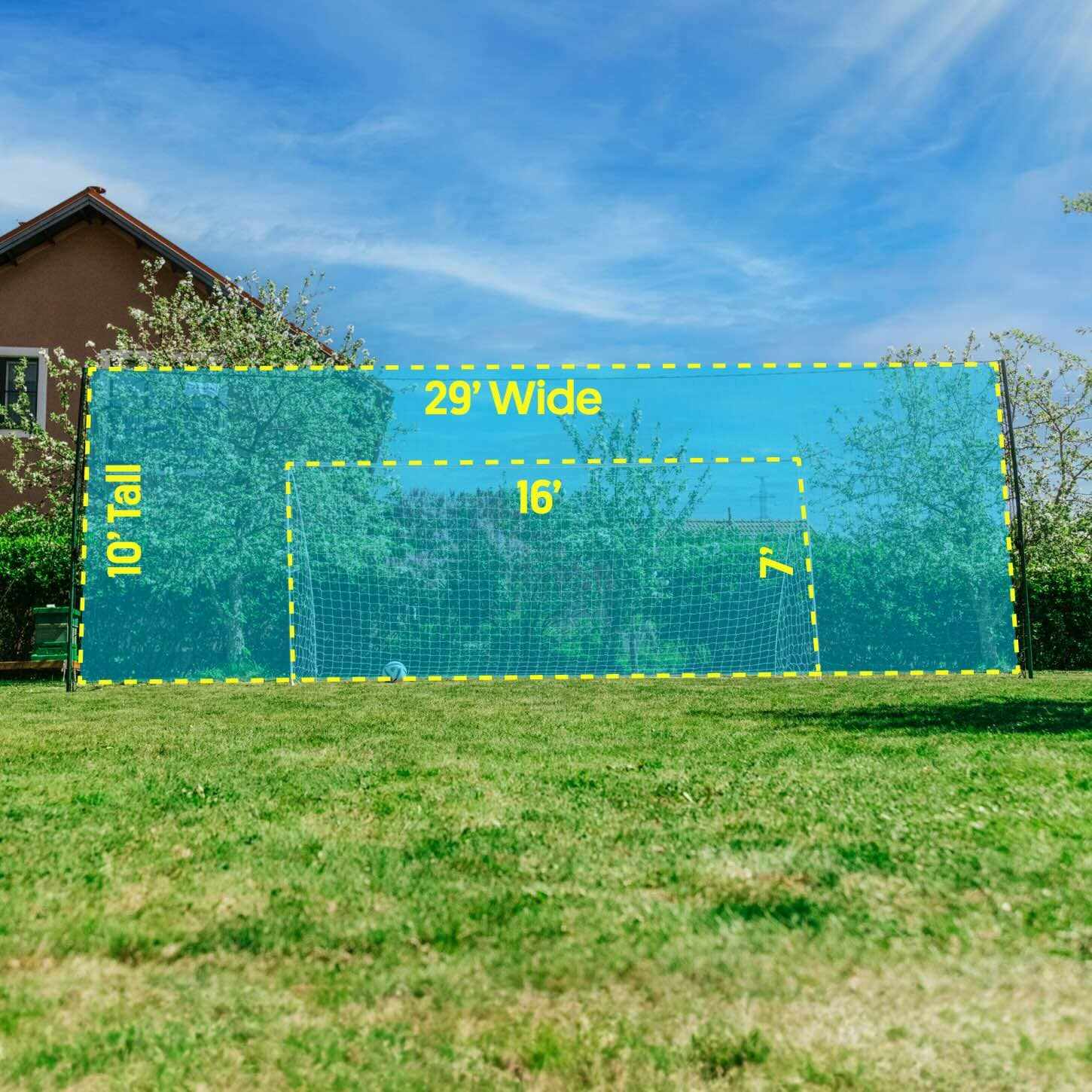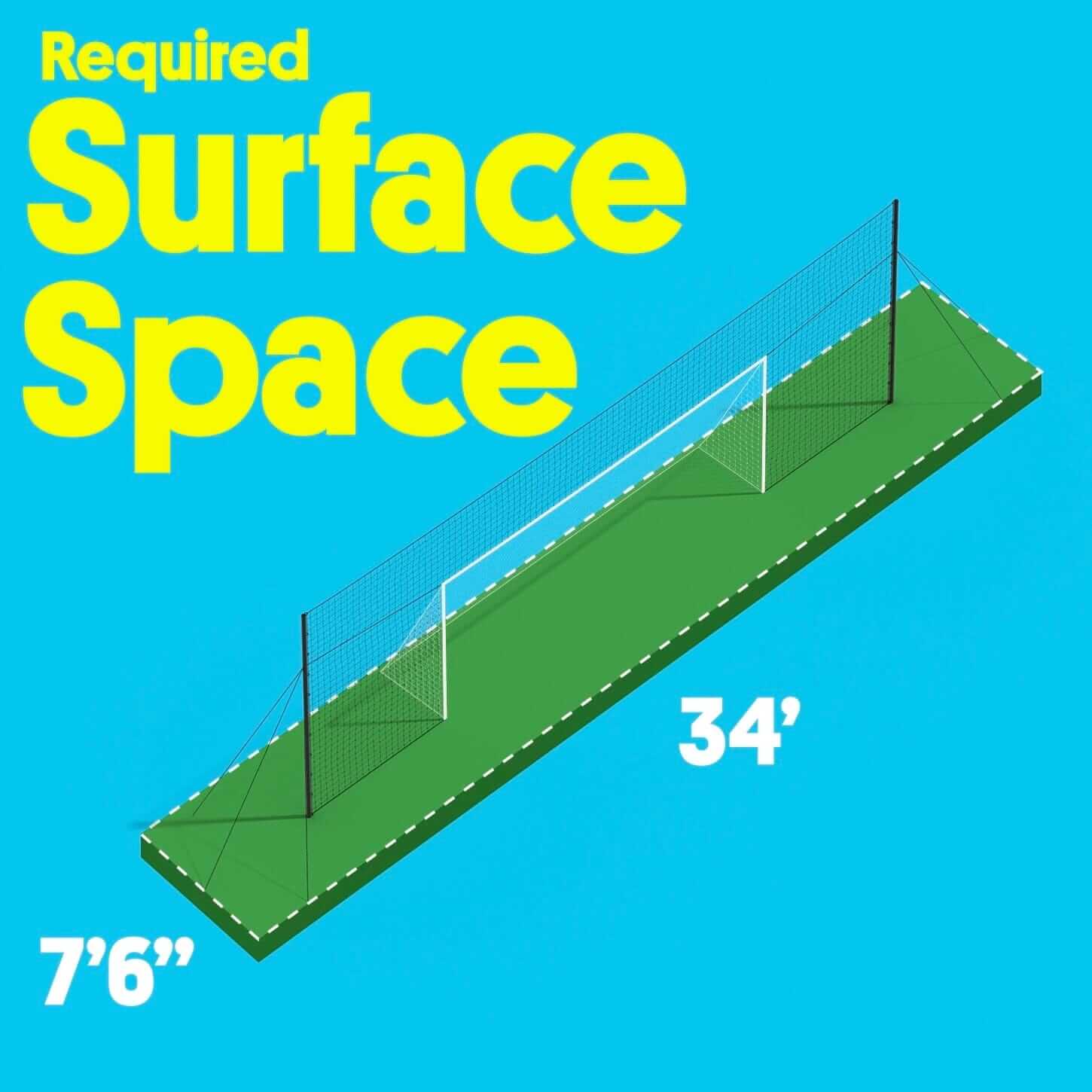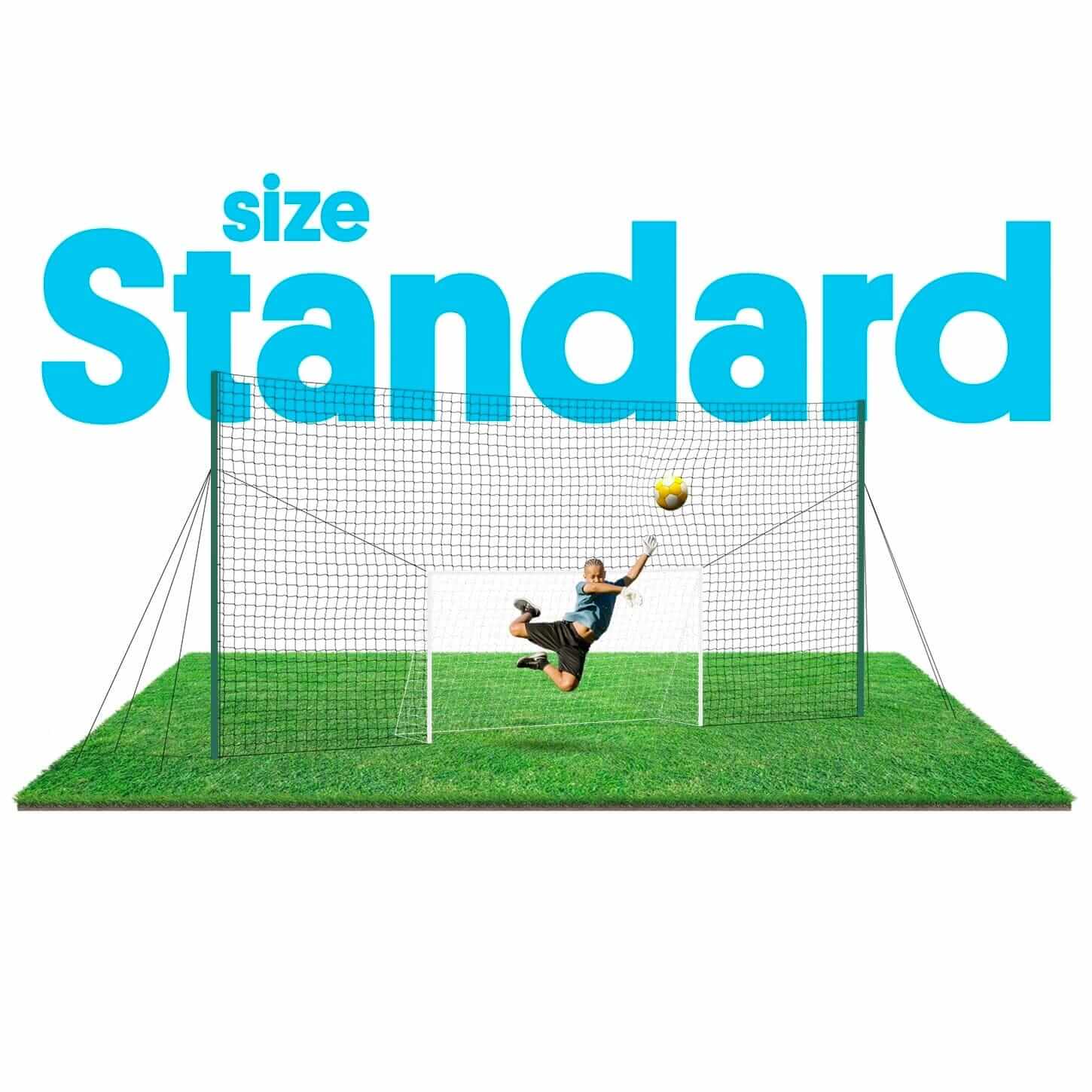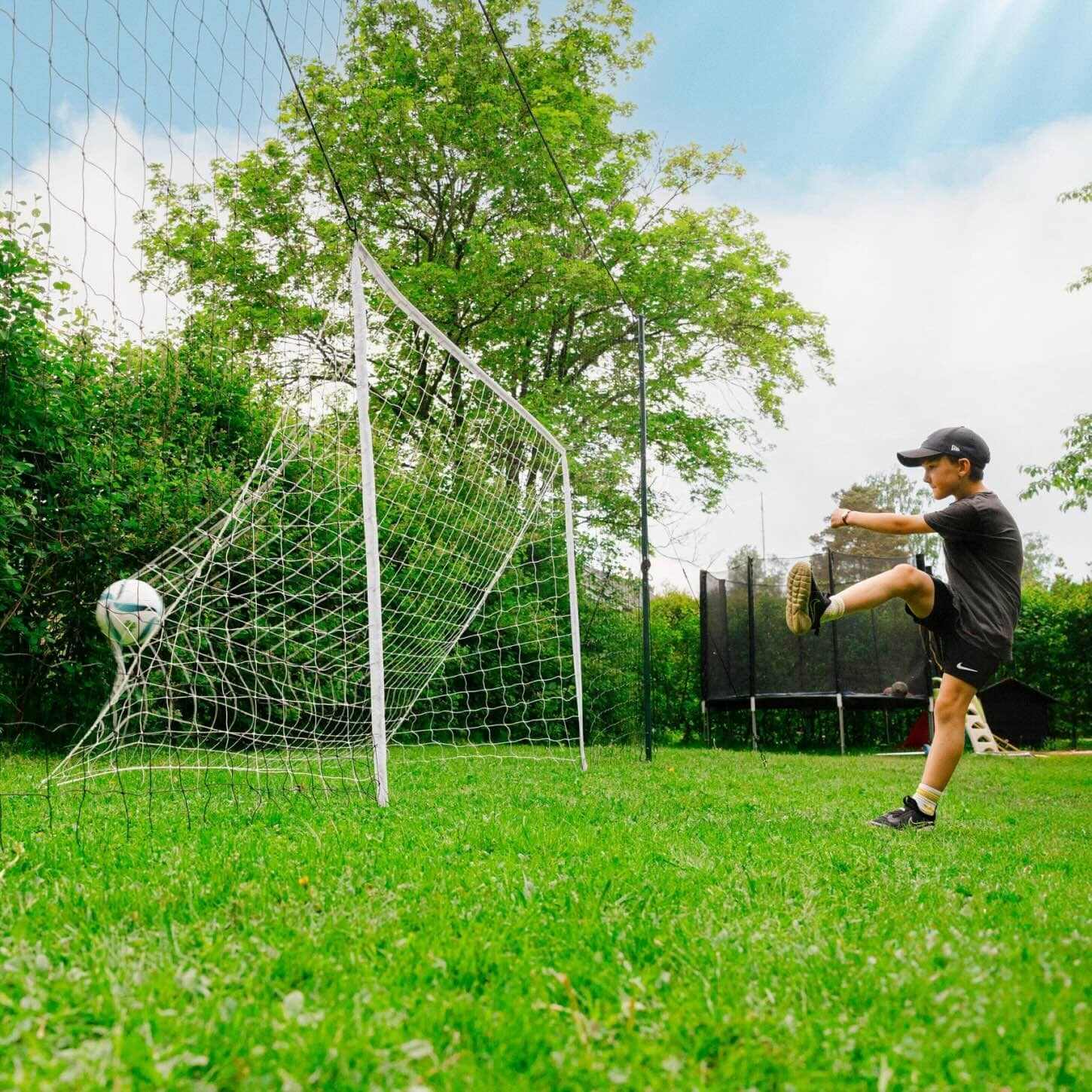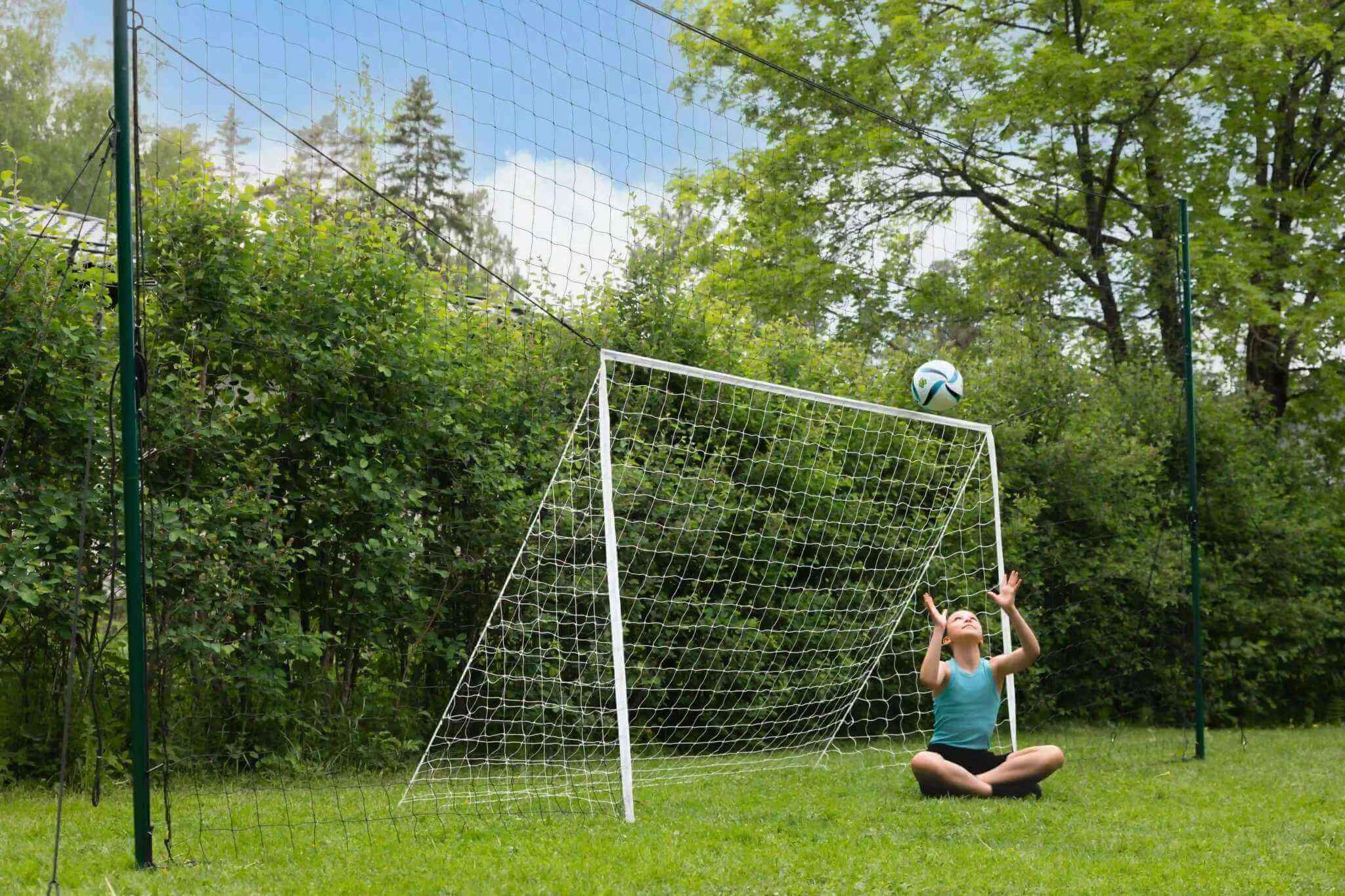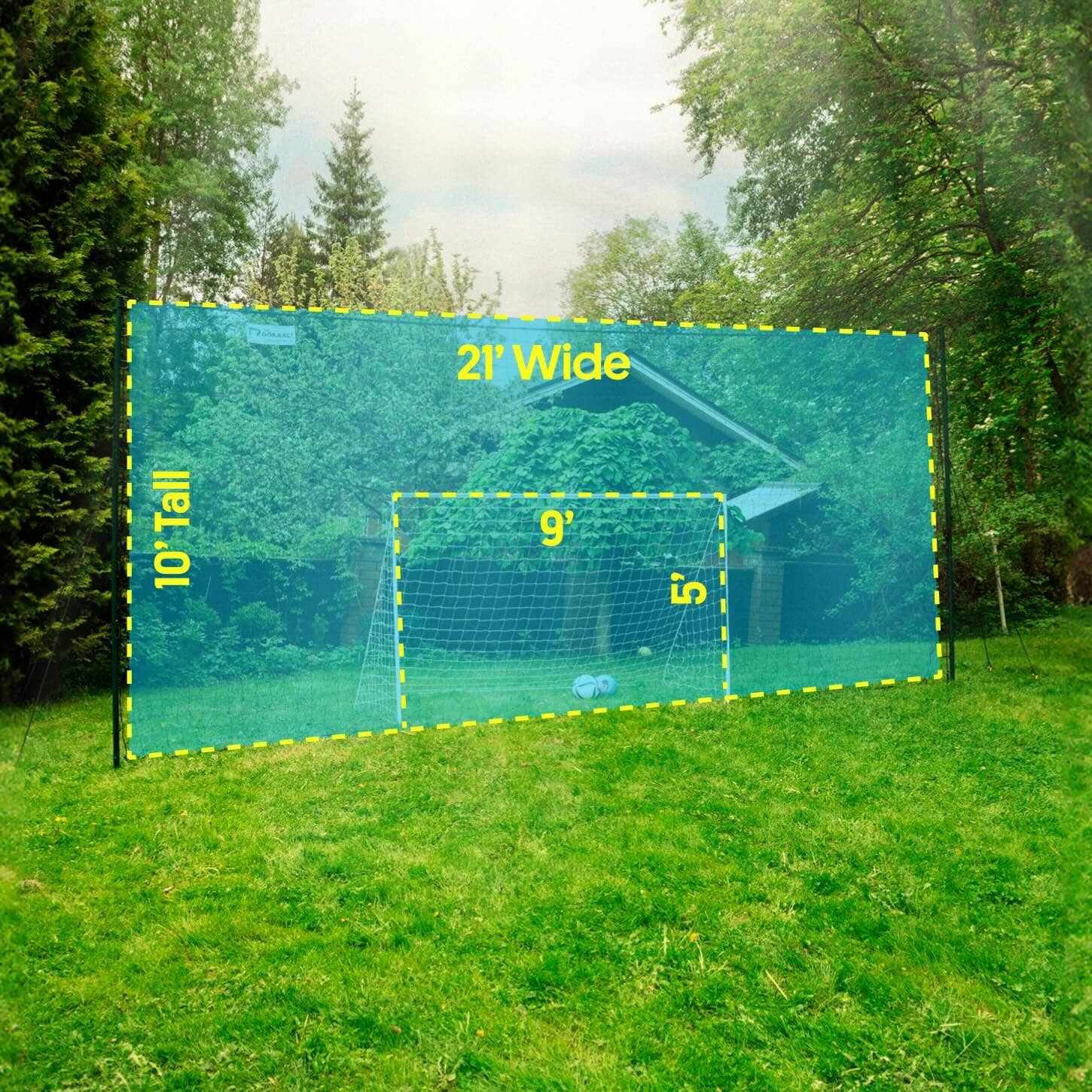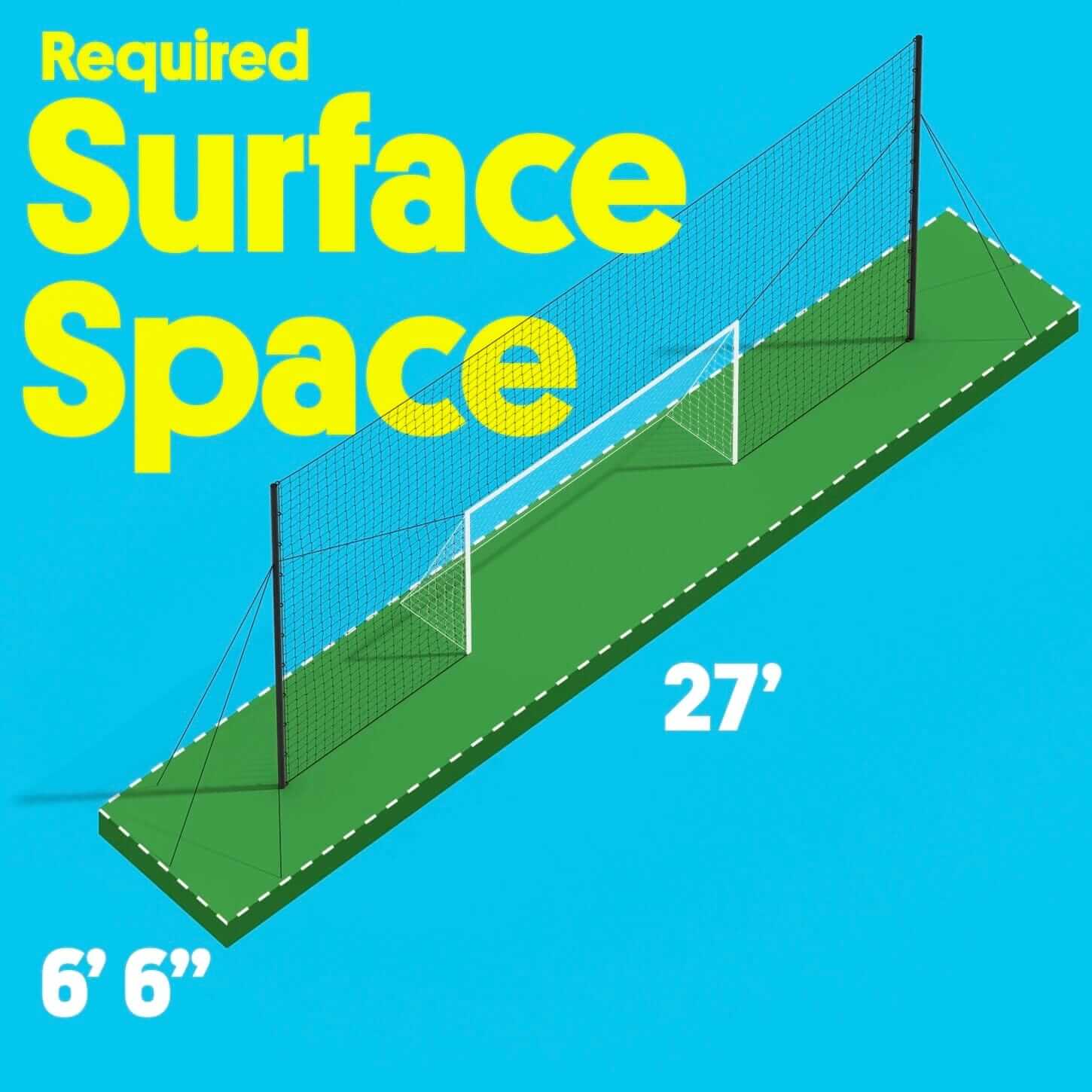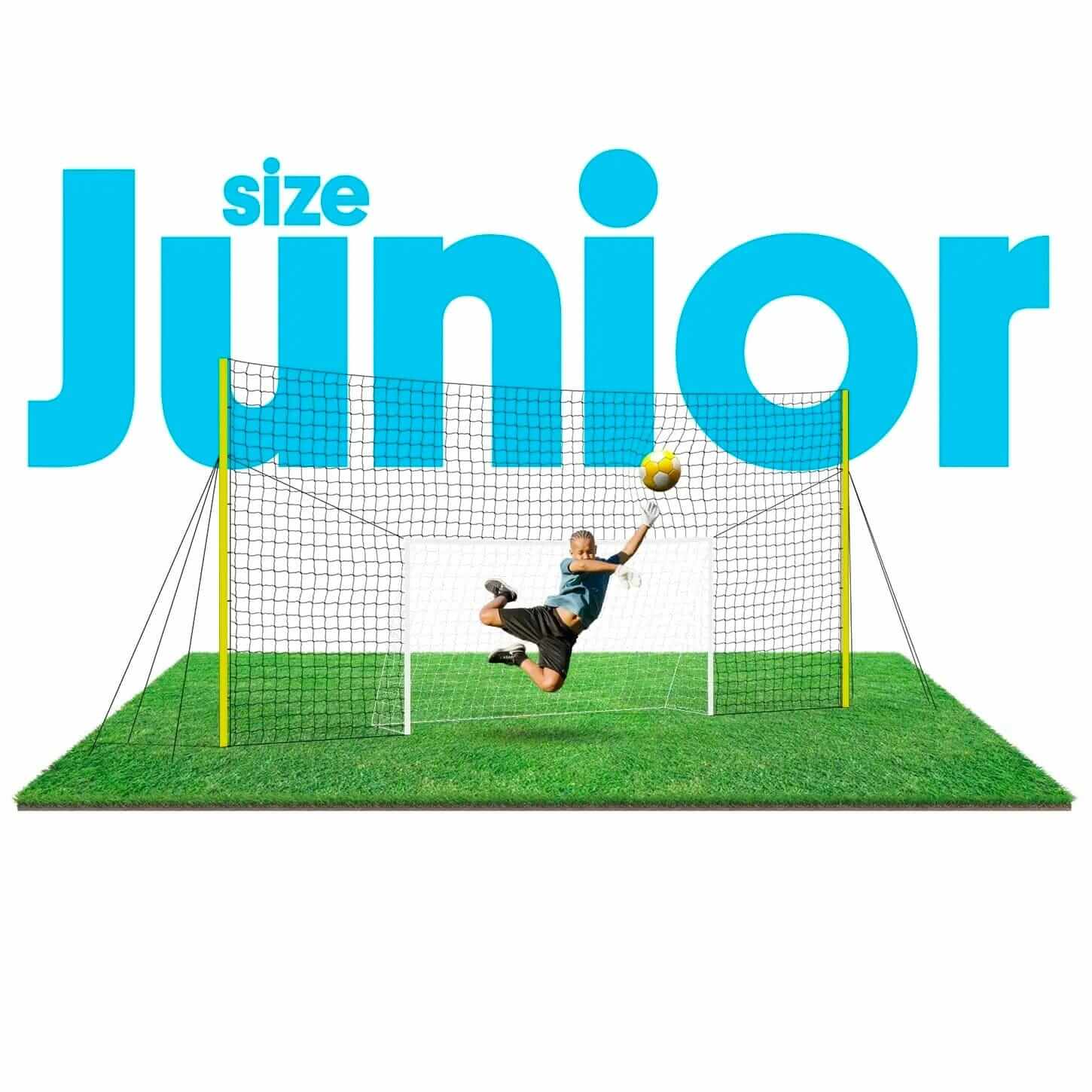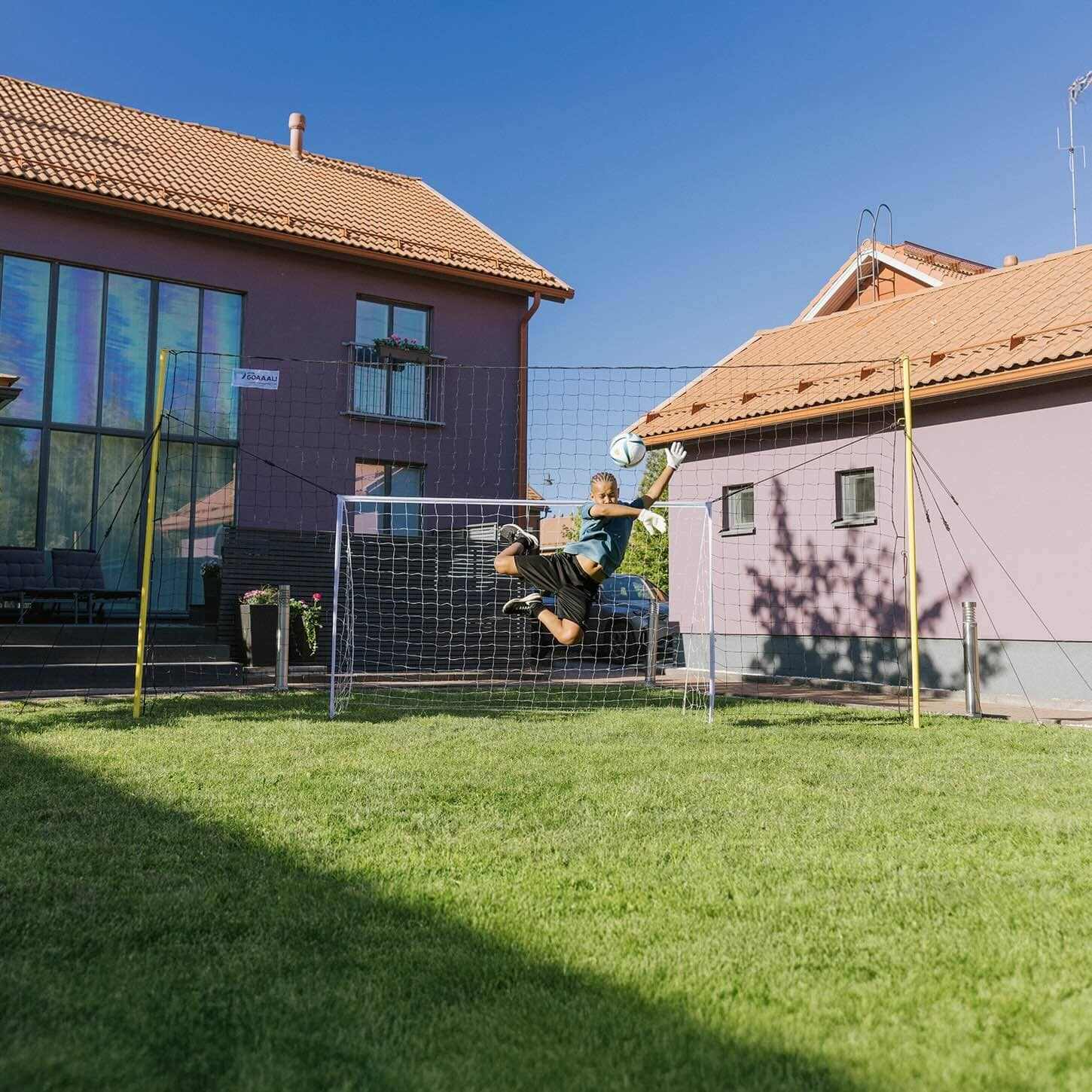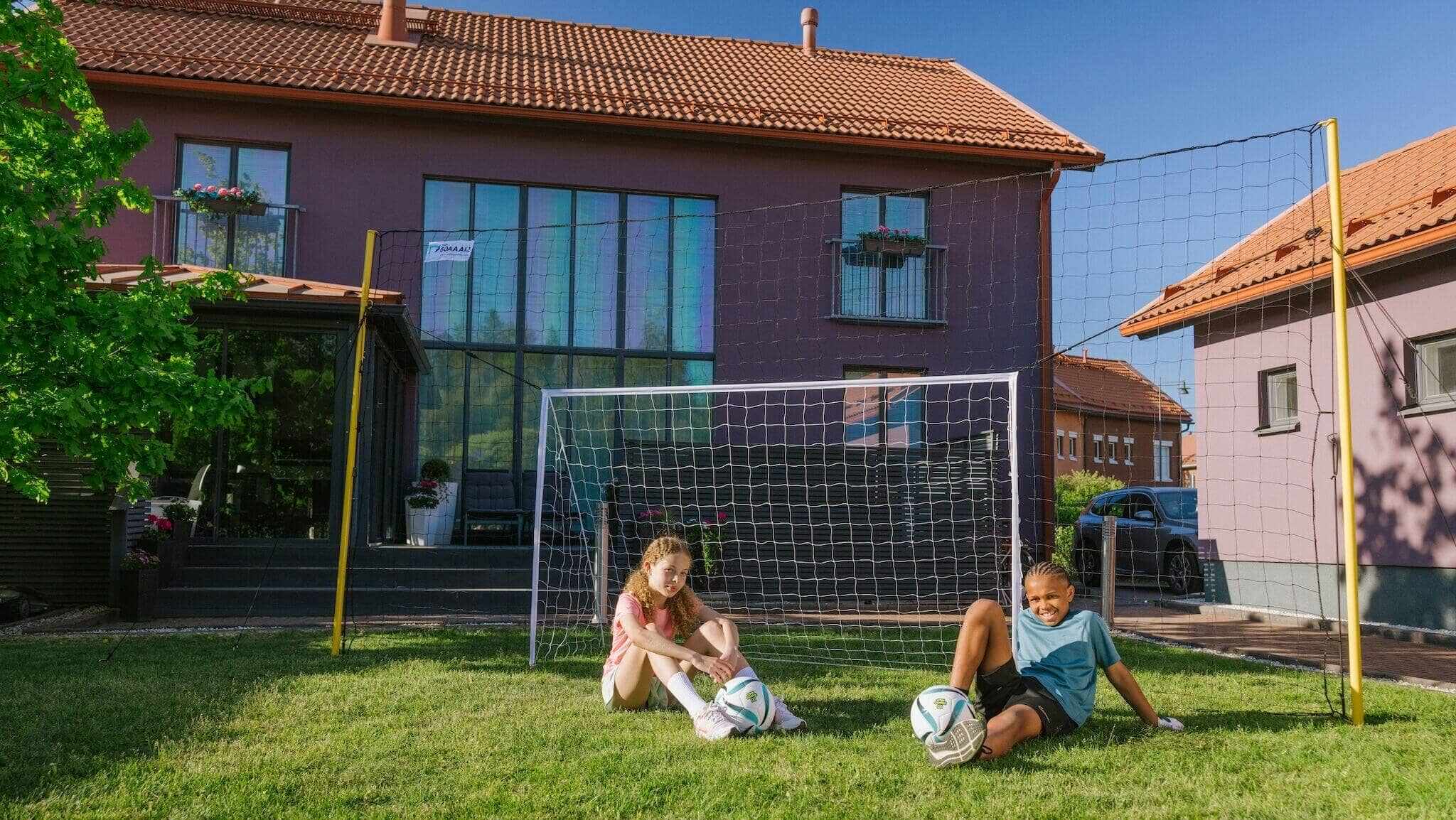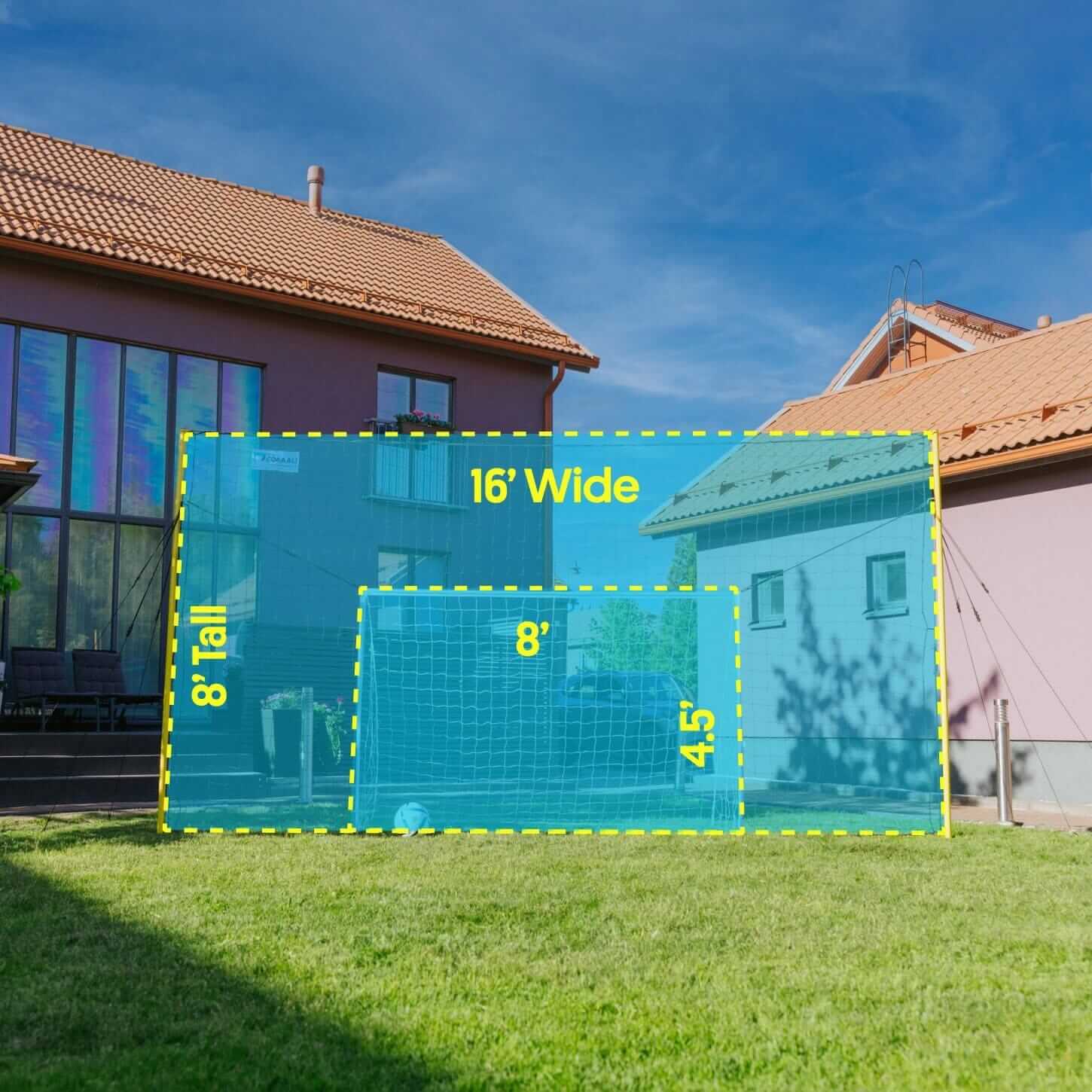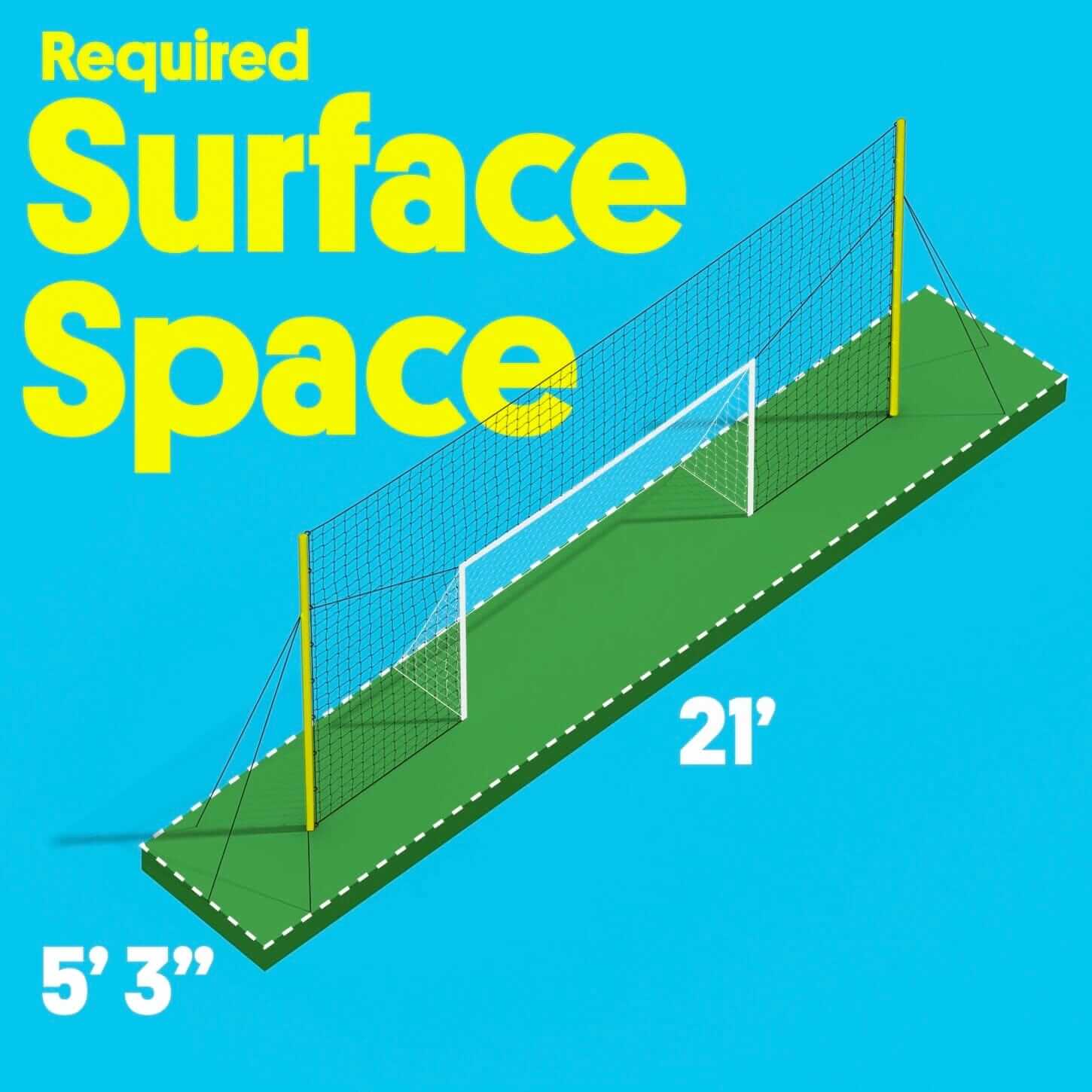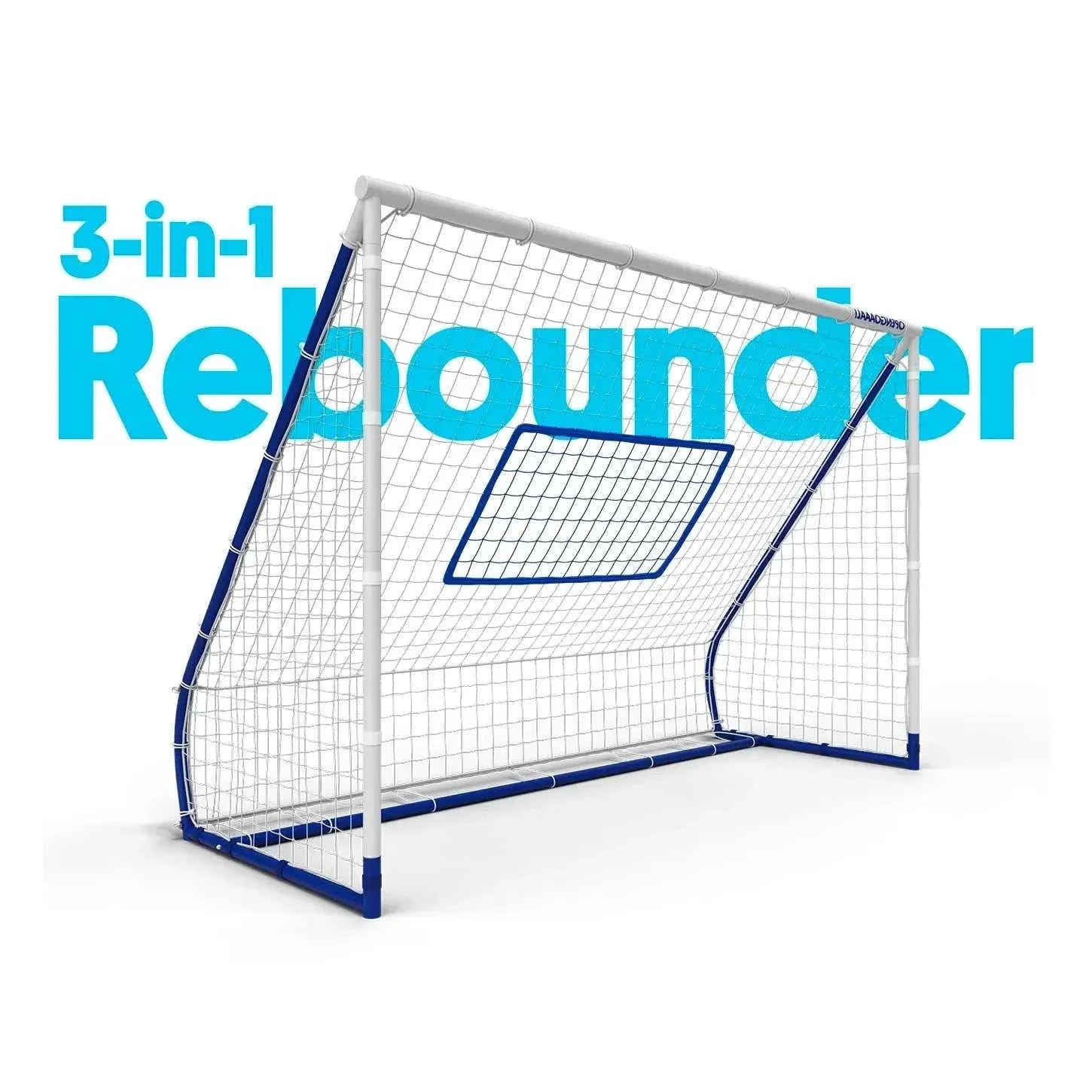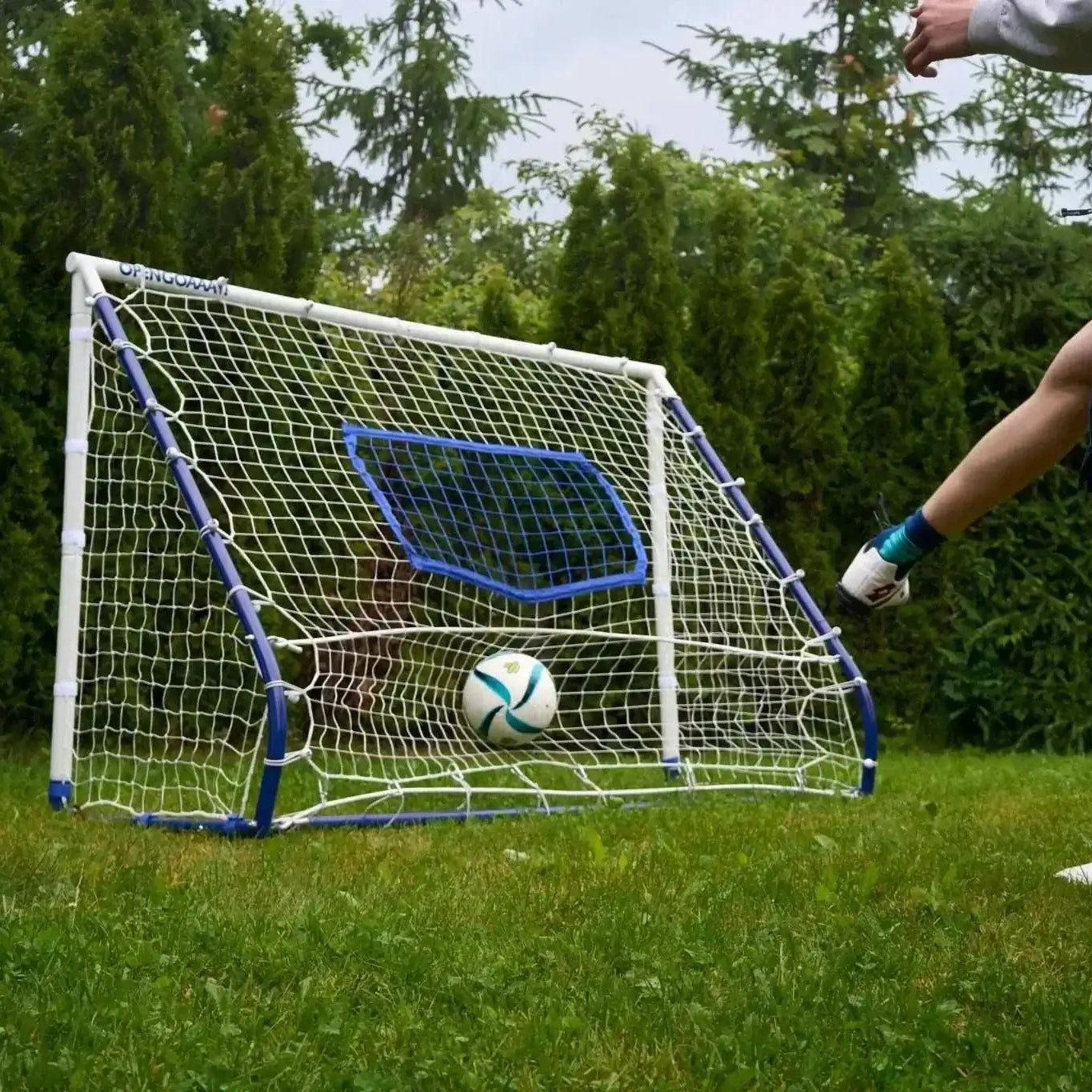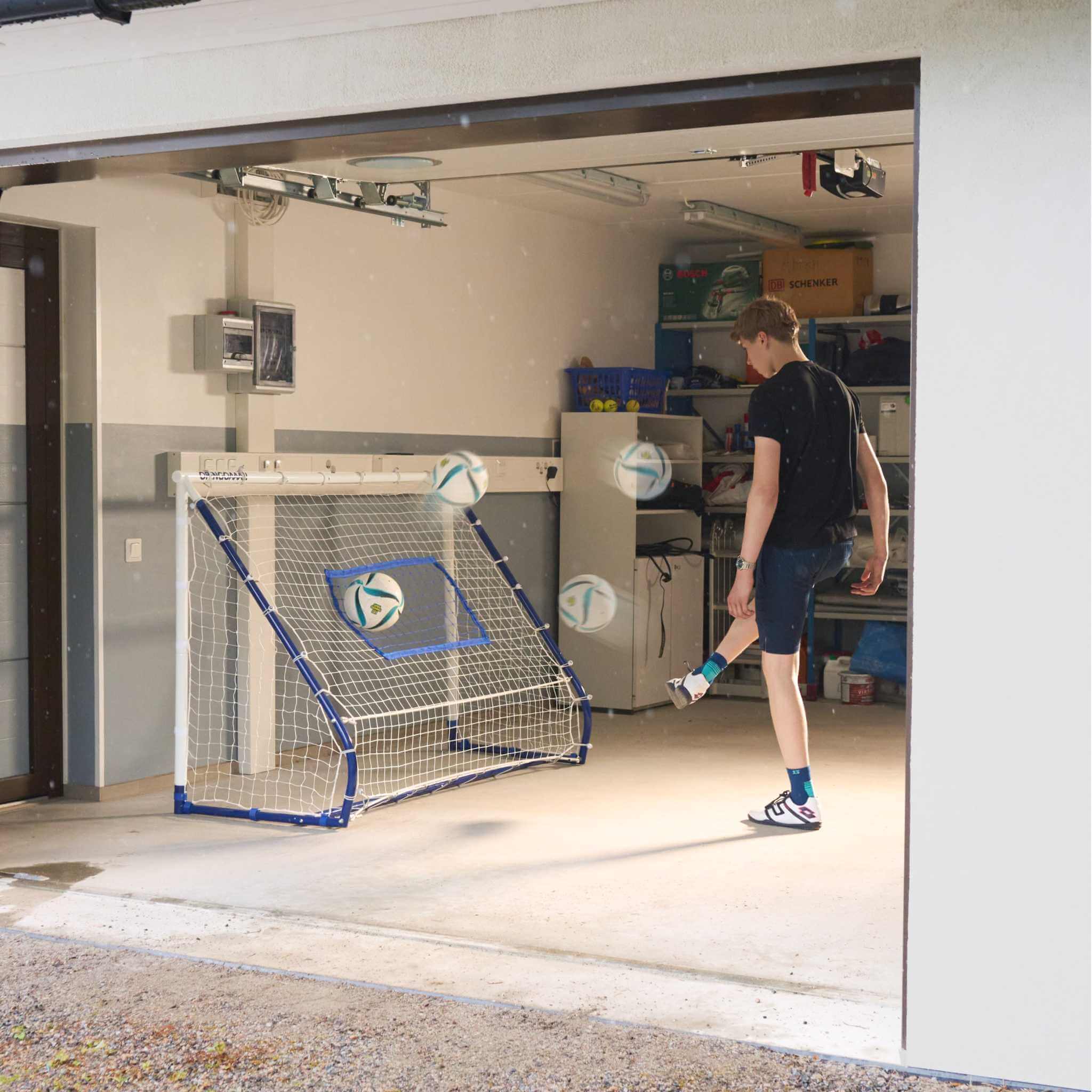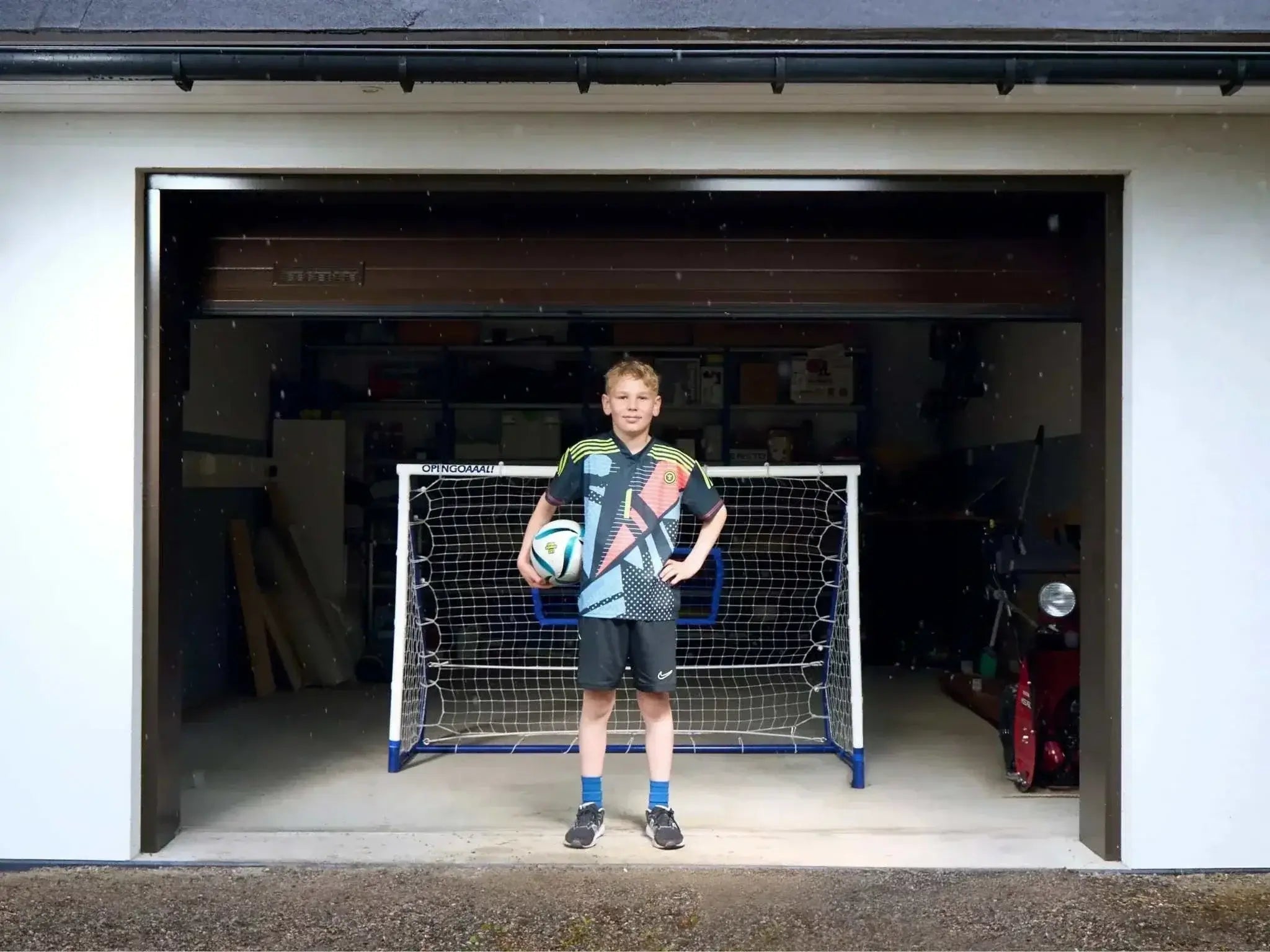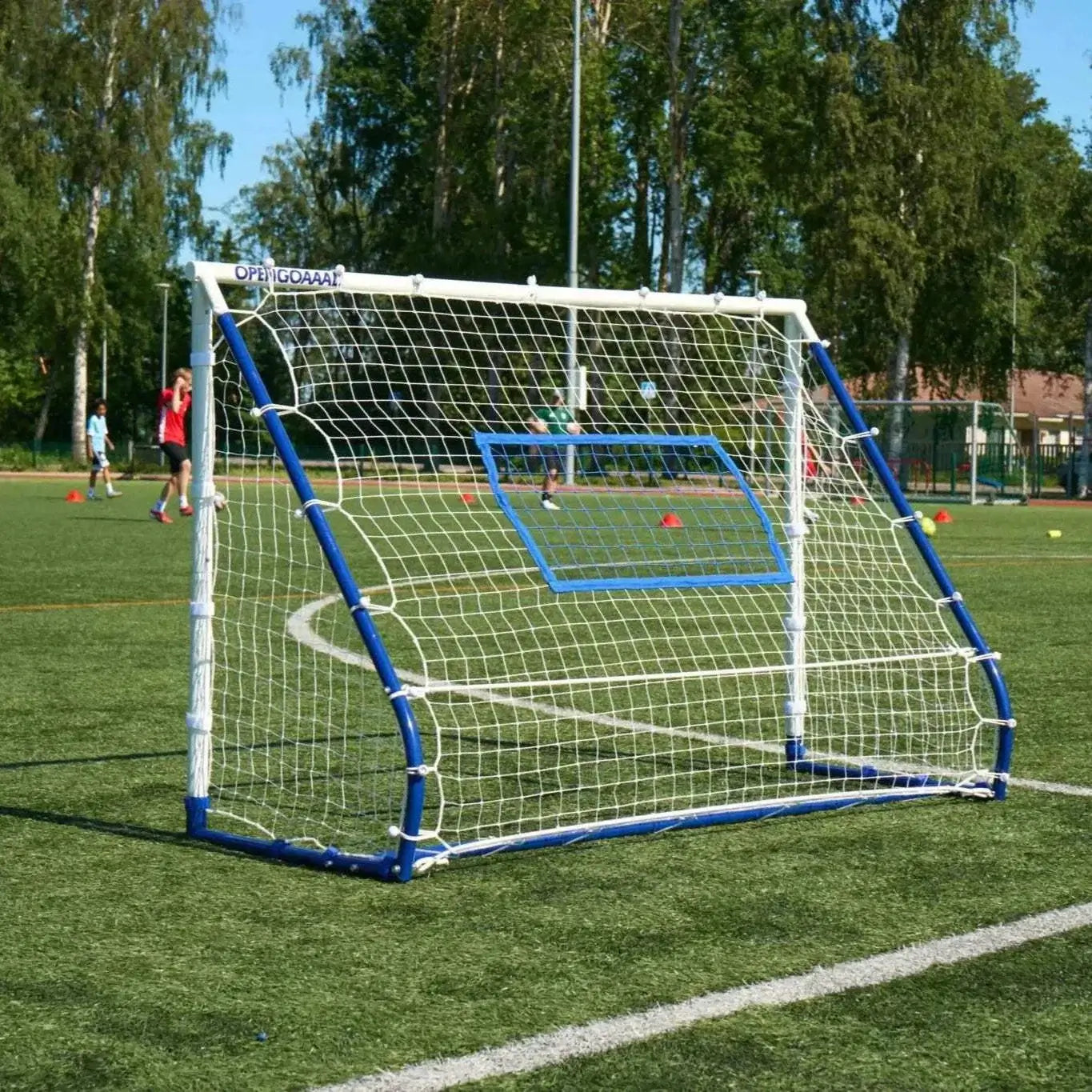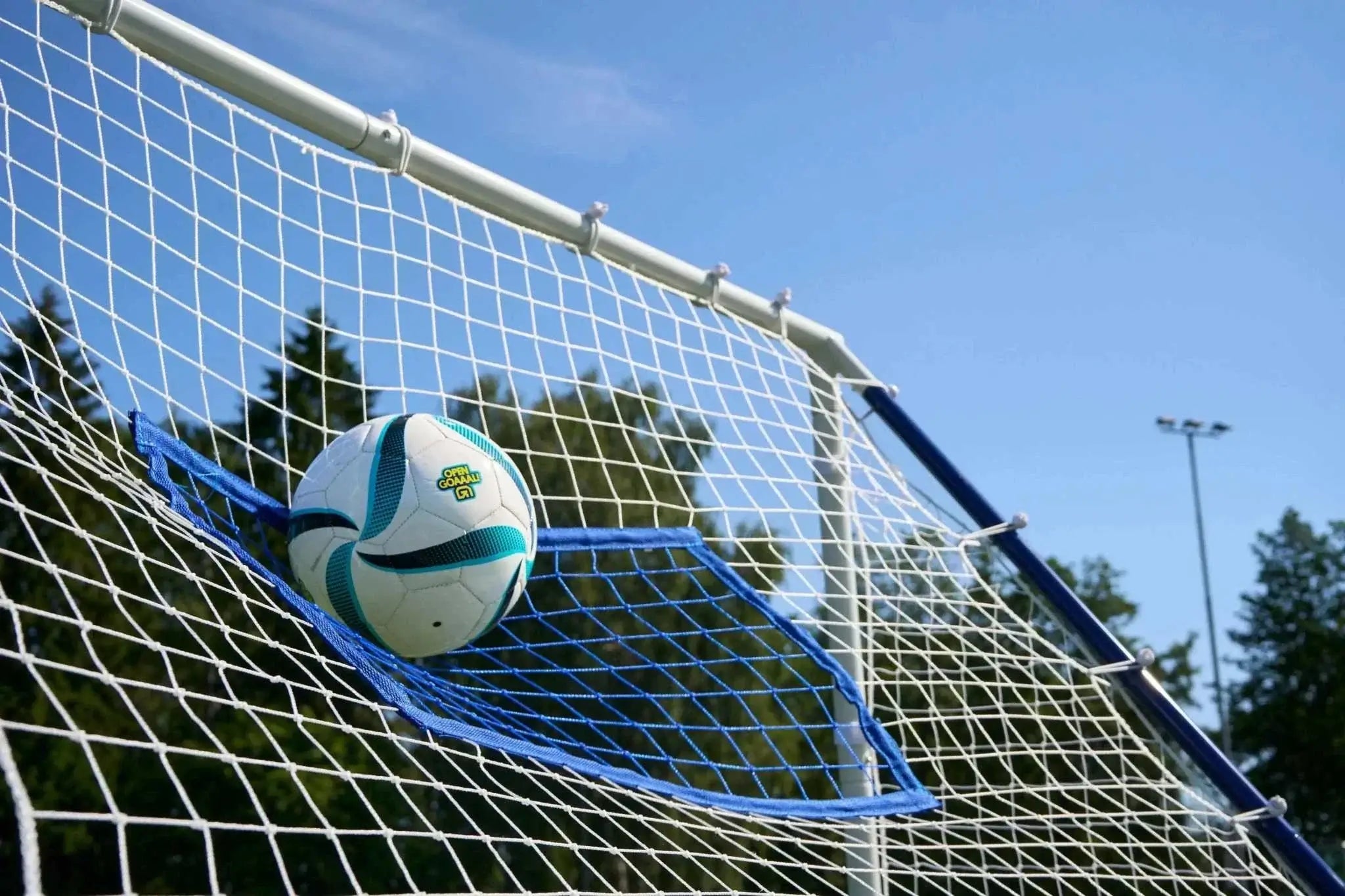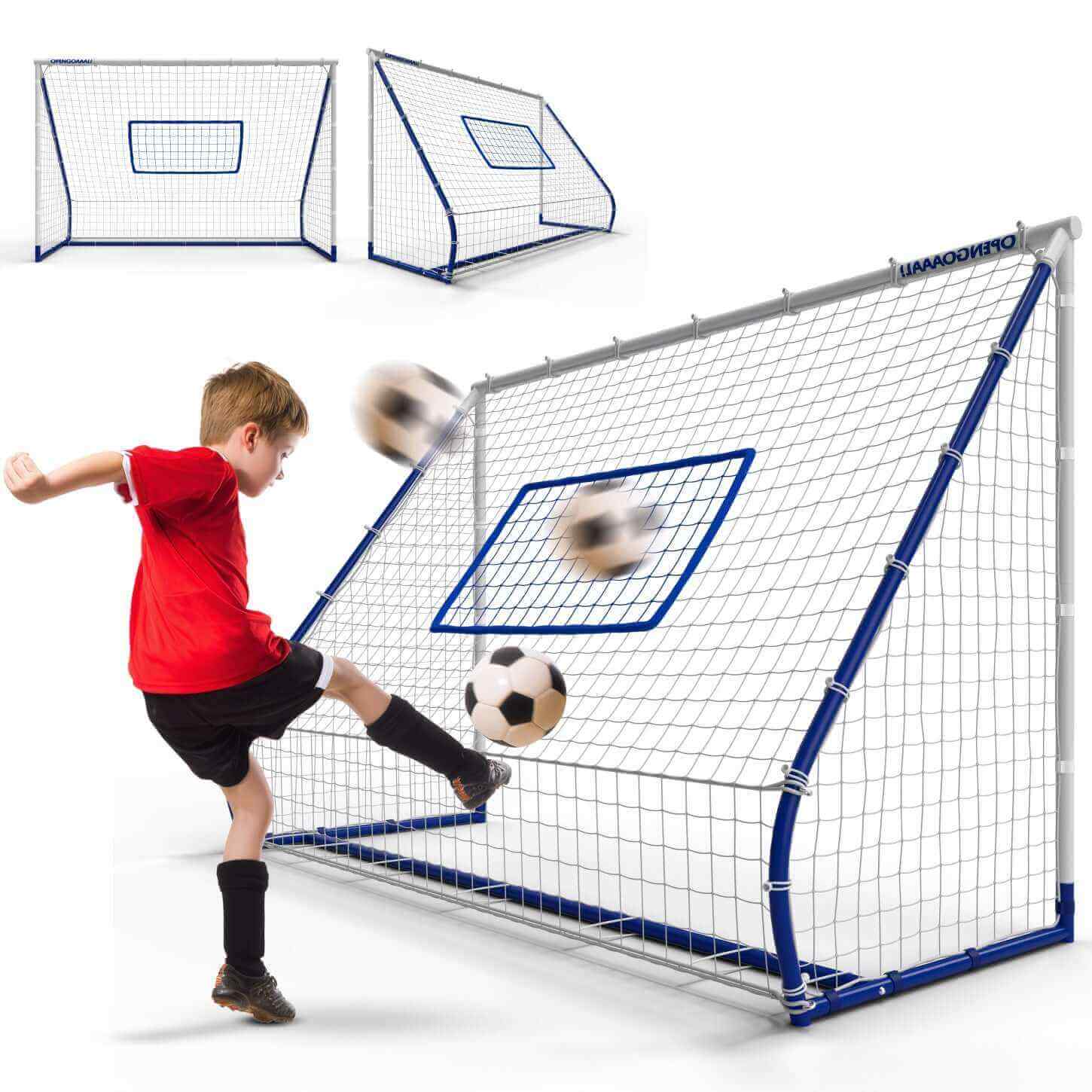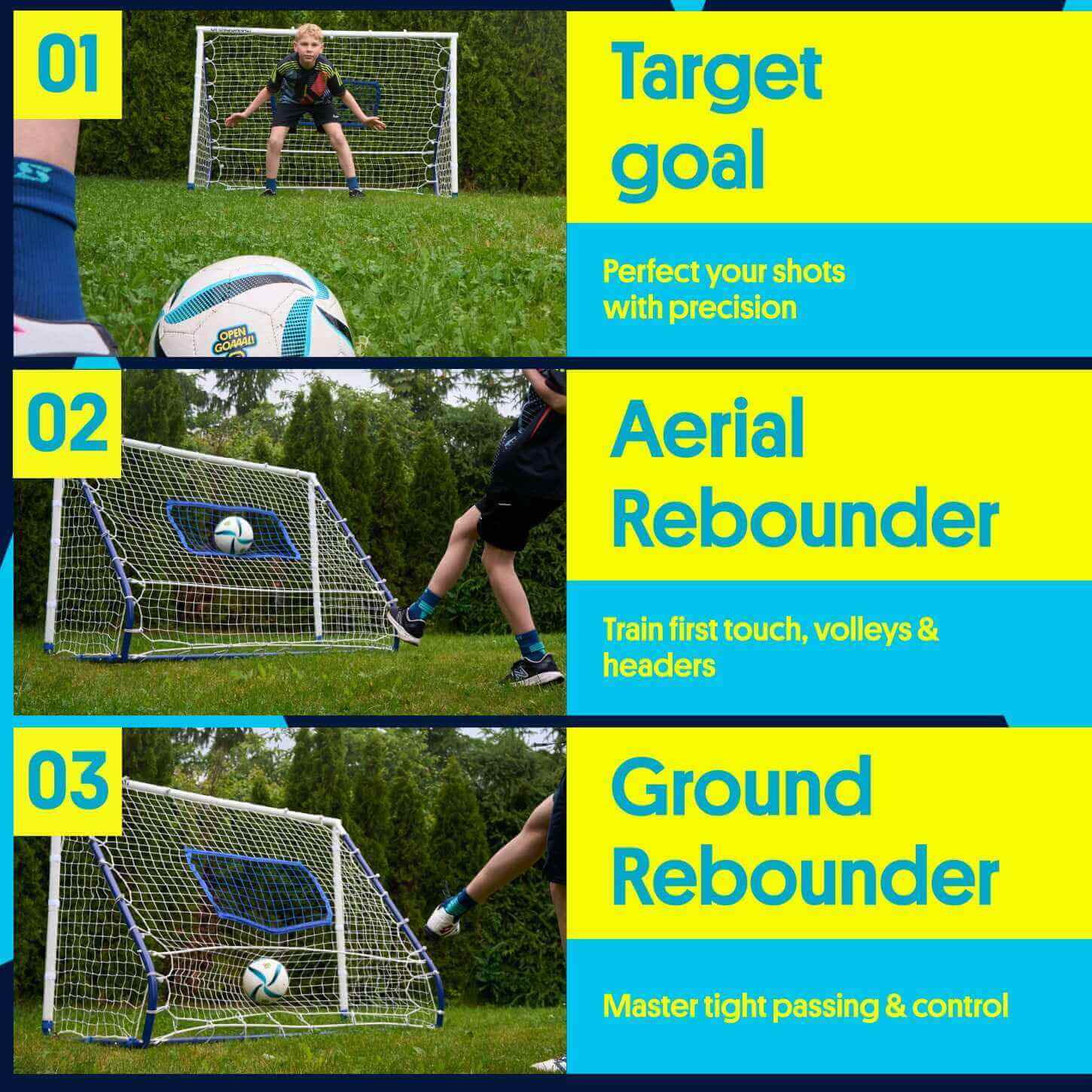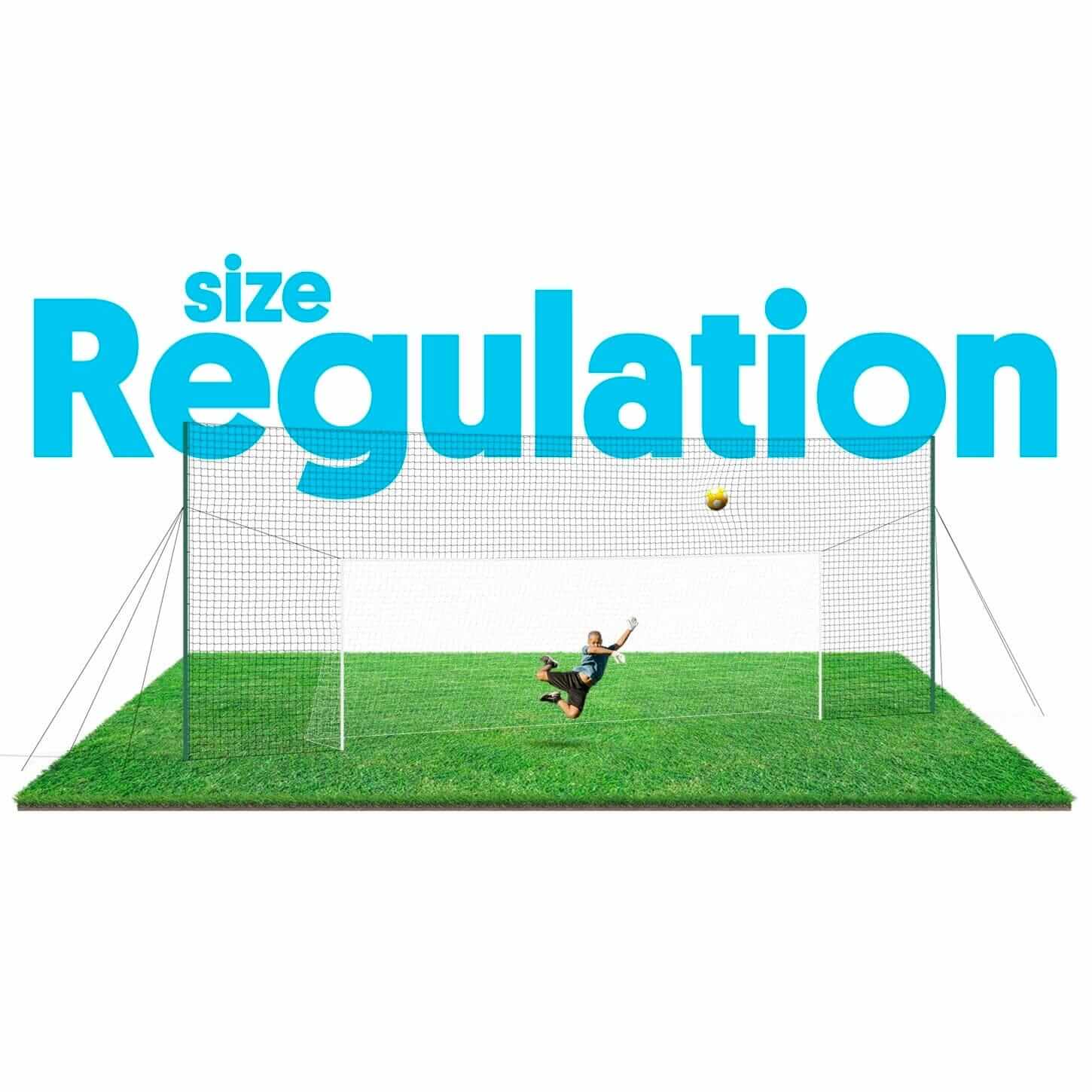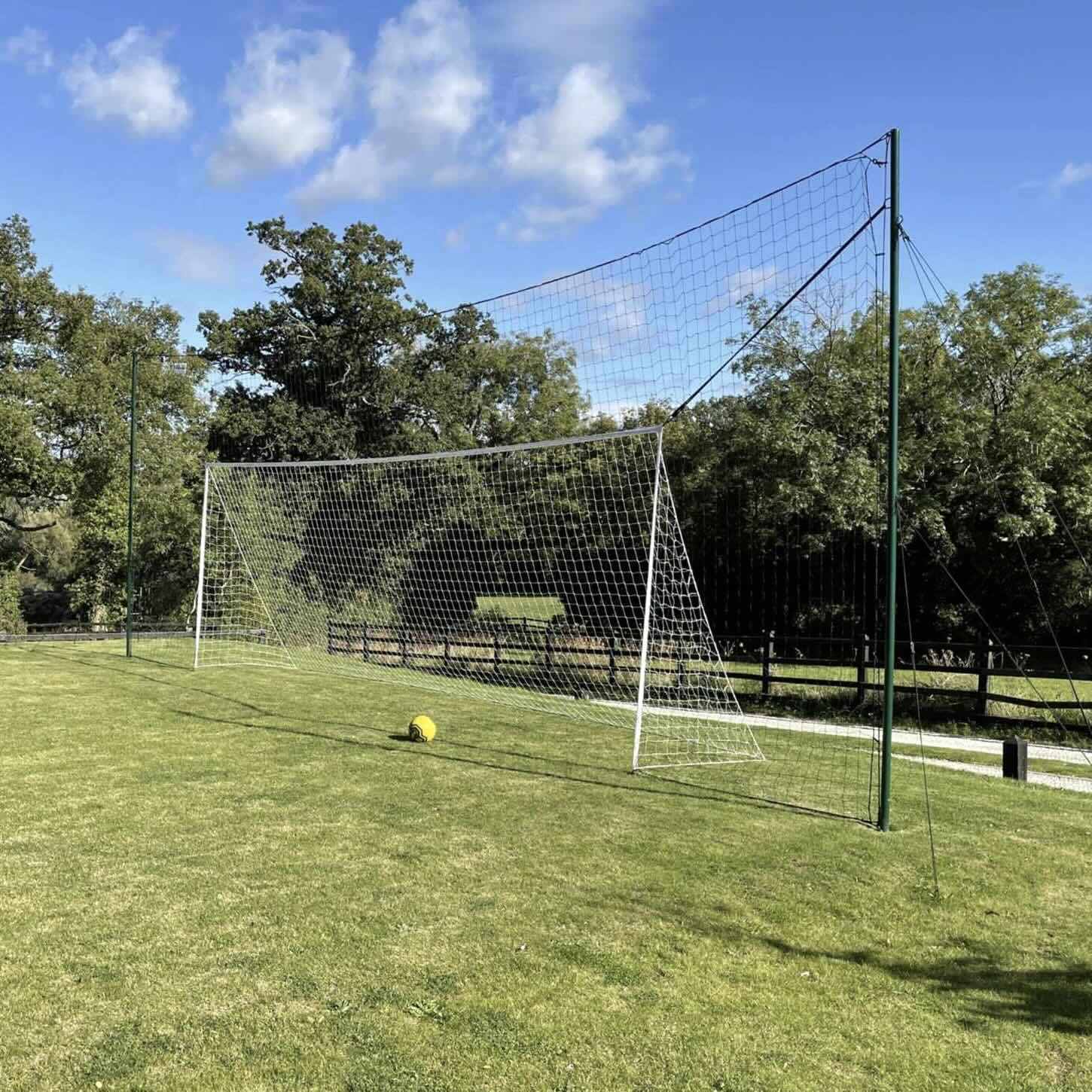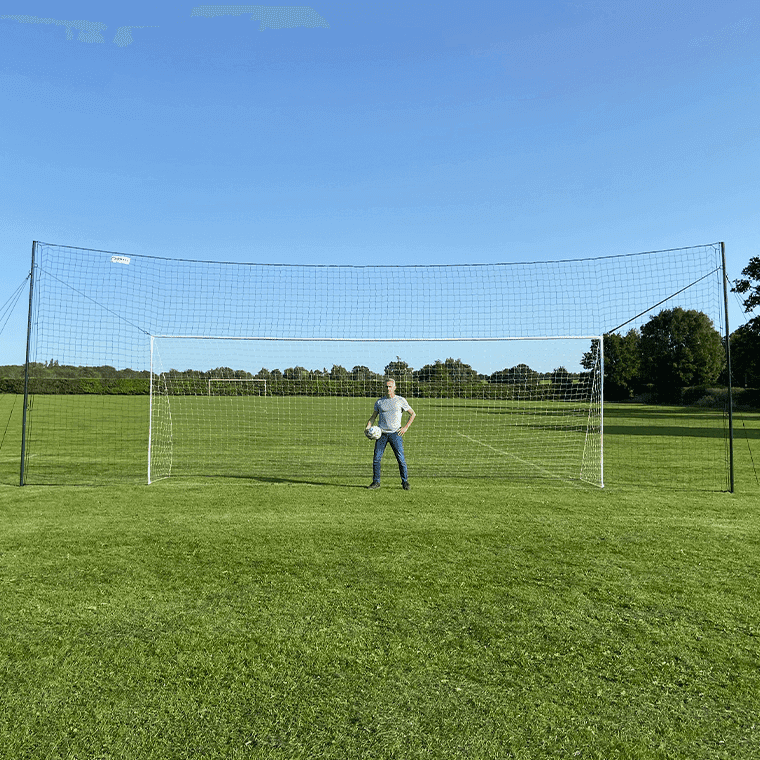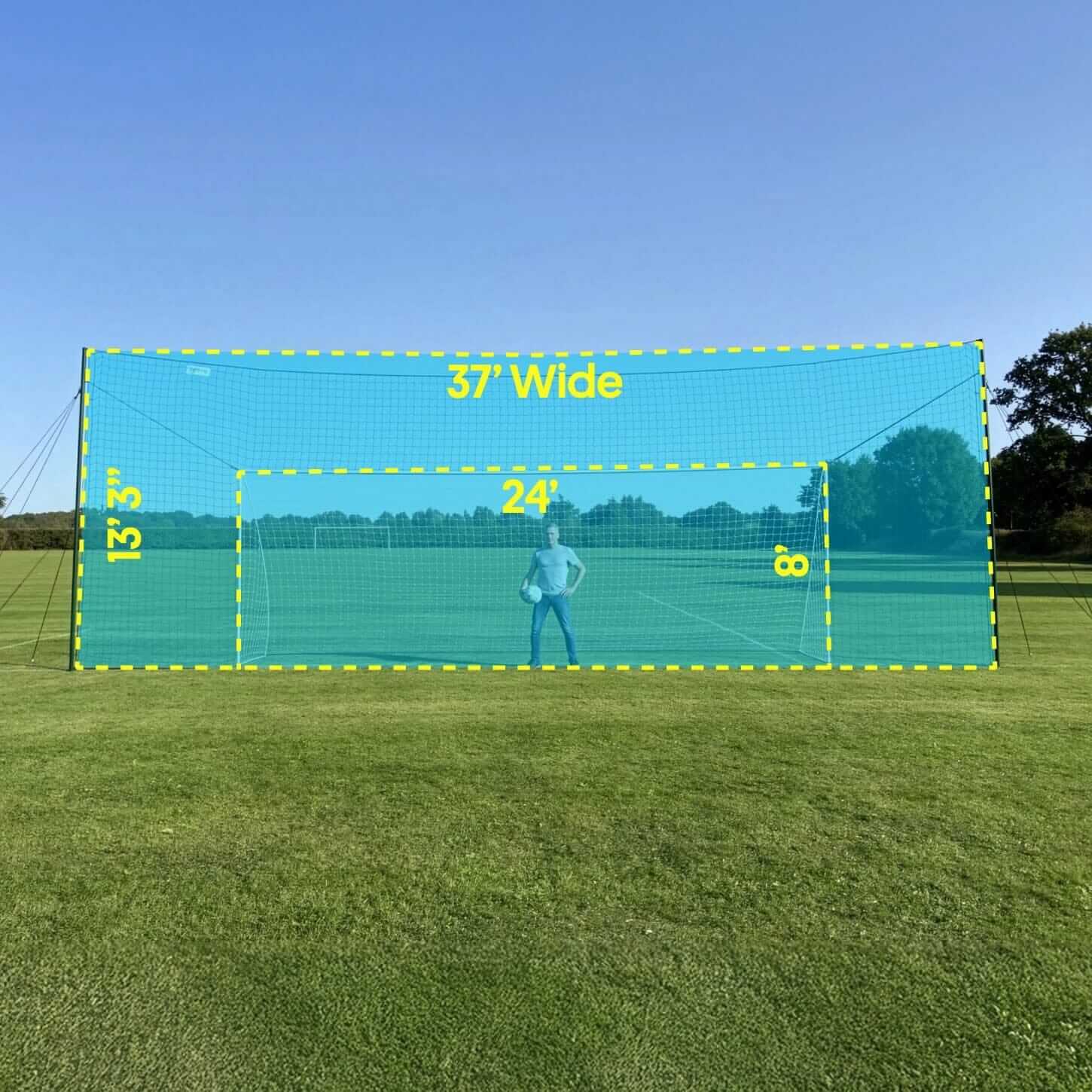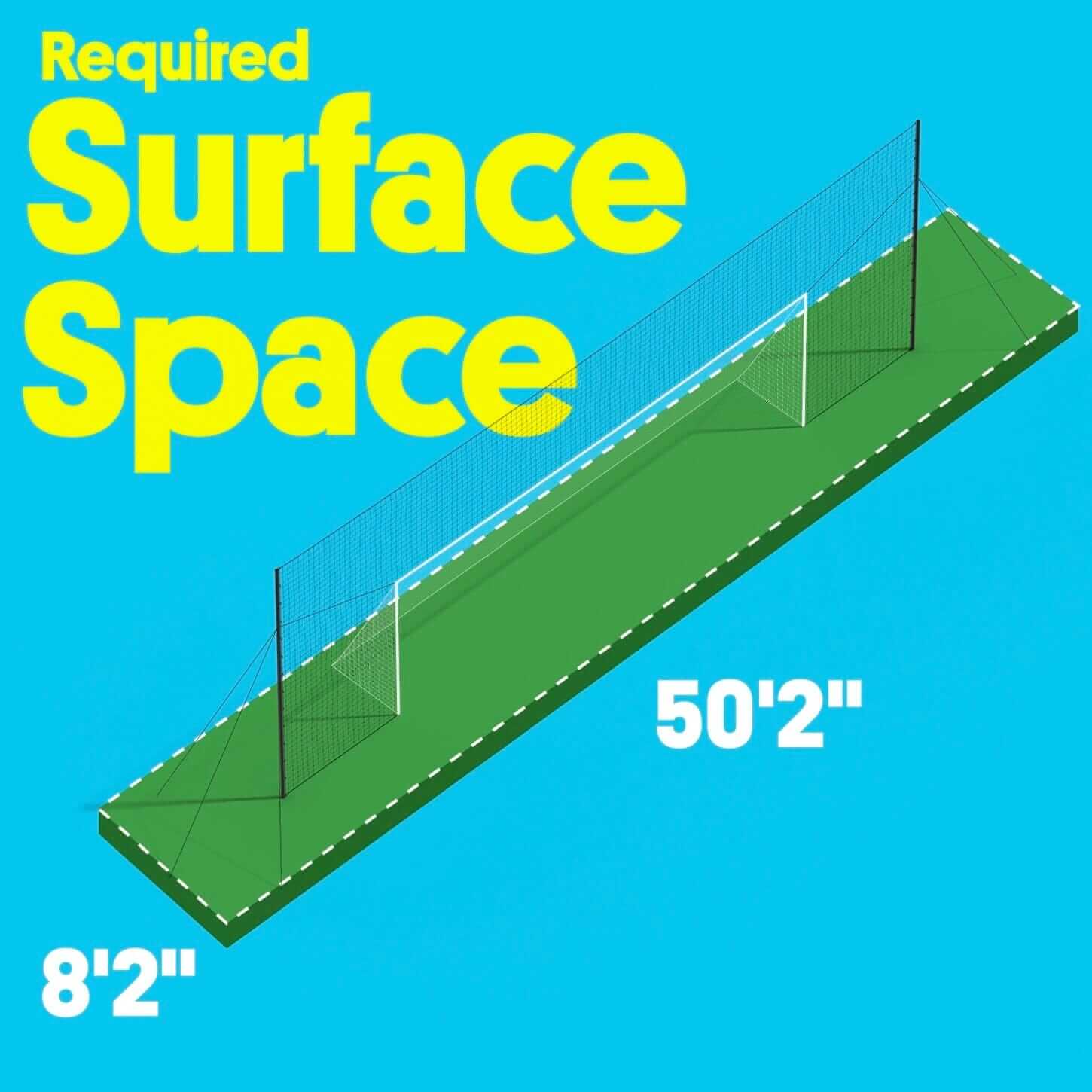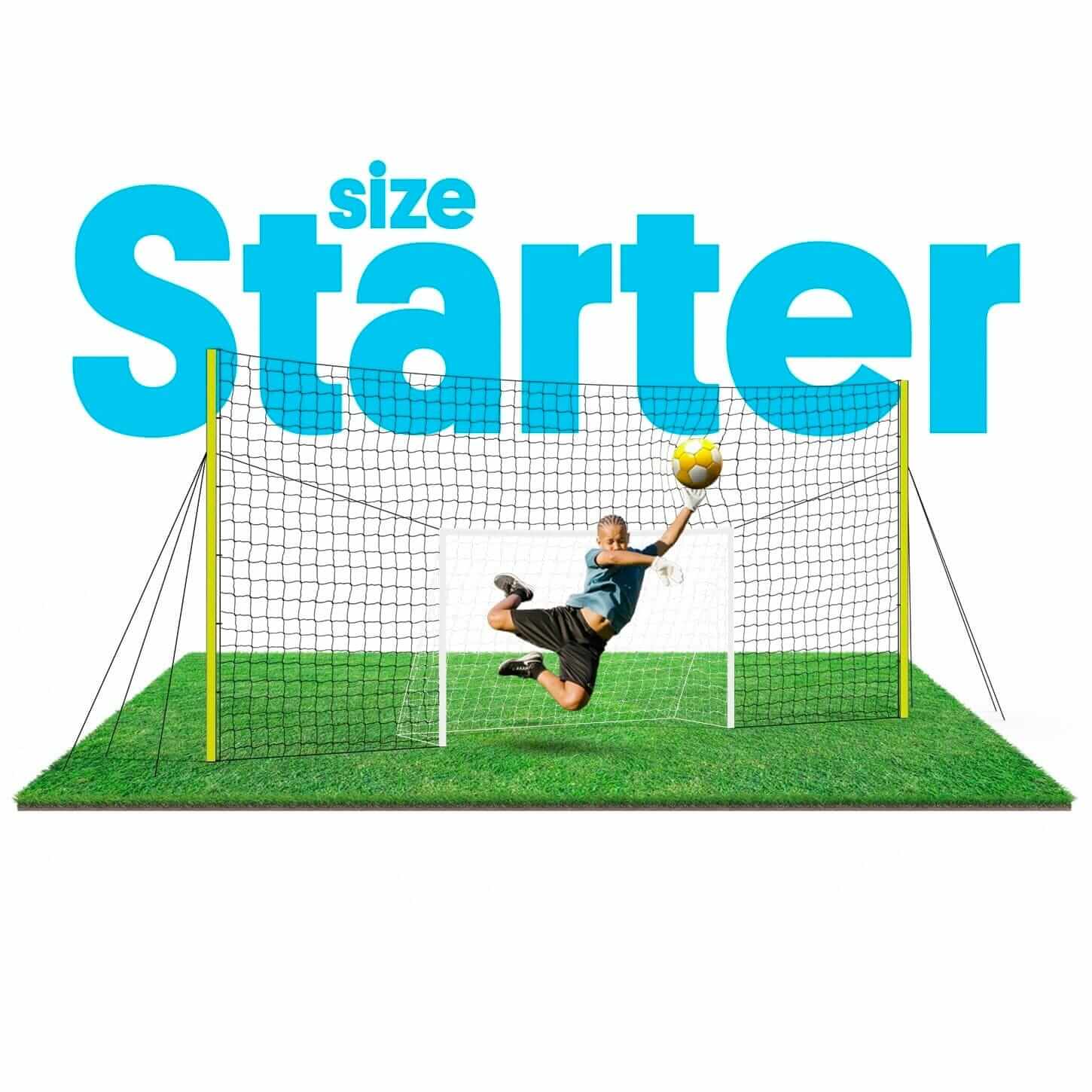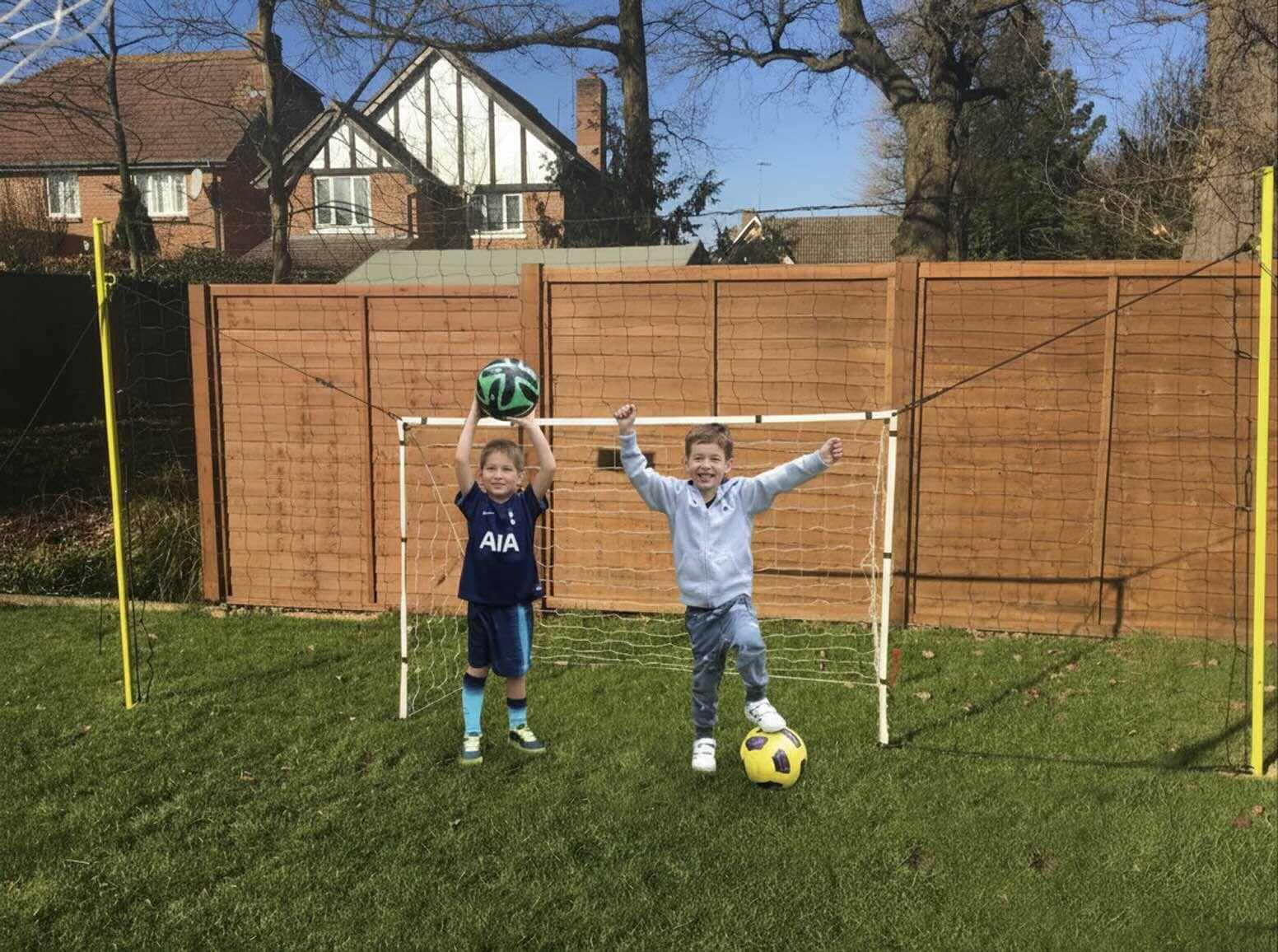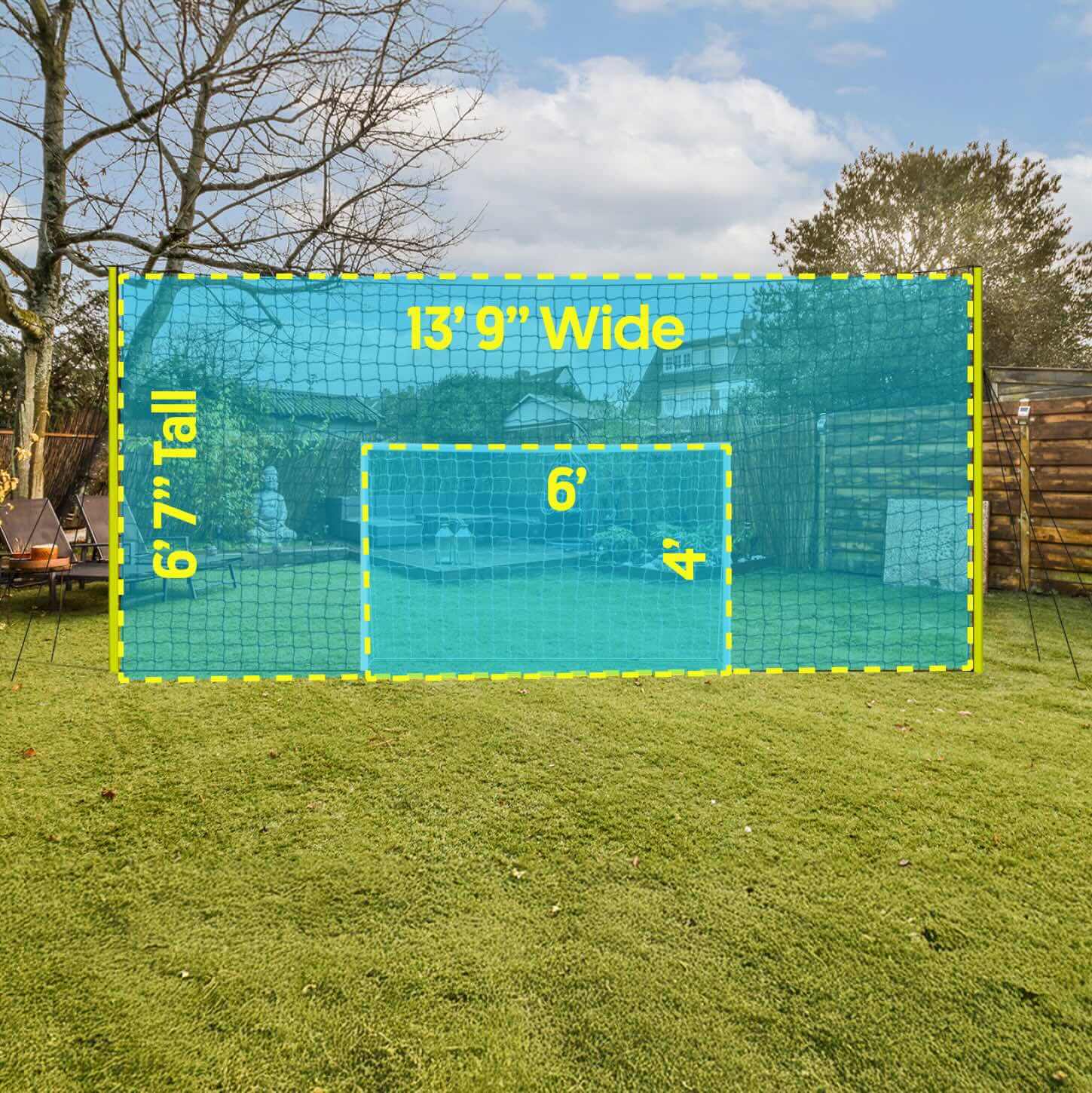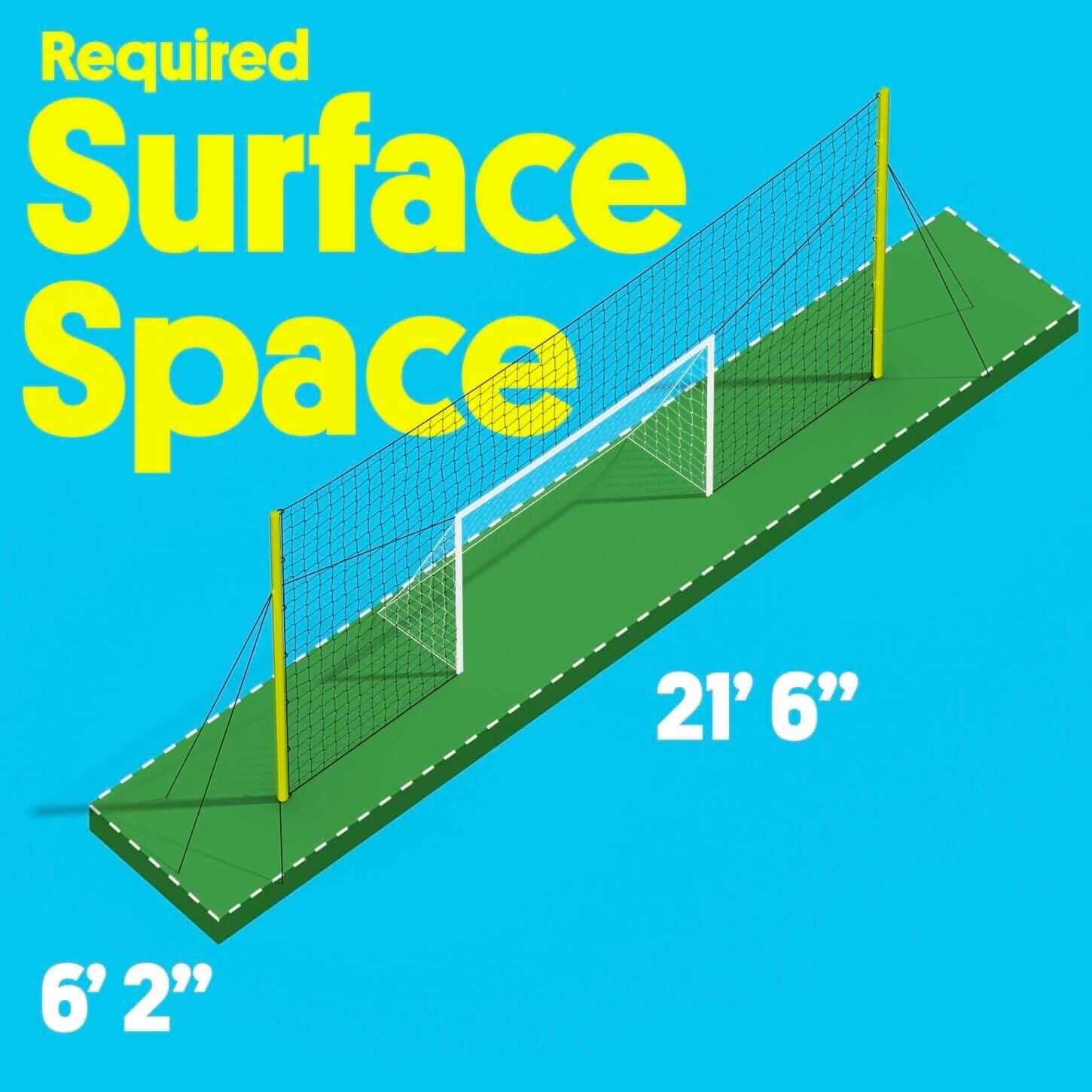When it comes to youth soccer, picking the right soccer ball size by age isn’t just a minor detail. It can impact everything from skill development to safety and overall enjoyment. So it really does matter. If you're wondering which ball size is right for your player (or yourself), this guide will break down everything you need to know.
Why Soccer Ball Size Matters
Using the wrong ball size can lead to more than just frustration. A ball that’s too big or heavy can cause injuries, slow down proper technique development, and discourage kids from enjoying the game. On the other hand, the right size allows players to build coordination, confidence, and love for the sport.
Soccer organizations like FIFA and US Youth Soccer have clear guidelines based on years of research to make sure each age group plays with the optimal ball size. Also it’s written in the official rules for games.
Soccer Ball Size Chart by Age
Here’s a simplified chart of the standard sizes based on US Youth Soccer and FIFA-aligned recommendations:
|
Age Group |
Recommended Ball Size |
Circumference (inches) |
|
3 years and under |
Size 1 |
18–20 |
|
3–5 years old |
Size 2 |
20–22 |
|
5–8 years old |
Size 3 |
23–24 |
|
8–12 years old |
Size 4 |
25–26 |
|
12 years and older |
Size 5 |
27–28 |
How to develop skills fast?
I used to play football myself. One of the key lessons from old coaches was that if you want To develop skills and technique, you need to get lots of touches.
One of the options is to buy a rebounder that you can use to pass, score goals etc. But I decided to try out Senseball. It was super fun to use. I can recommend it to anyone who wants to develop skills fast. Even when it rains you can train inside. You can check out the skillball that I bought here.
It's designed to help young athletes build foot skills, coordination, and muscle memory faster through repetitive motion training. So, if you are a parent who is trying to raise the next Messi or Ronaldo, this is for you.
https://opengoaaalusa.com/products/soccer-kick-trainer-ball-all-level
Why Following the Guidelines Is Important
-
Safety: Proper sizing reduces strain on ligaments and joints, especially in young, developing bodies.
-
Skill Development: Smaller balls promote better ball handling and technique.
-
Confidence: Easier control leads to more fun, which keeps kids playing longer.
Some organizations may vary slightly, so when in doubt, check with your league or coach. But sticking to these guidelines will help set your player up for long-term success.
Beyond Age: Other Buying Tips
-
Match vs. Training: Match balls are often higher quality but may wear out faster during regular play.
-
Playing Surface: Grass, turf, and indoor courts all affect ball behavior.
-
Skill-Specific Drills: Many older players use Size 1 or 2 balls for juggling and dribbling practice. Training with smaller balls is harder.
Final Thoughts
In my opinion soccer is the best game to play. Choosing the right ball is important. Hopefully this guide helped you to make the best choice.
Ready to pick the right ball? Trust the sizes, support your player, and get kicking!


